
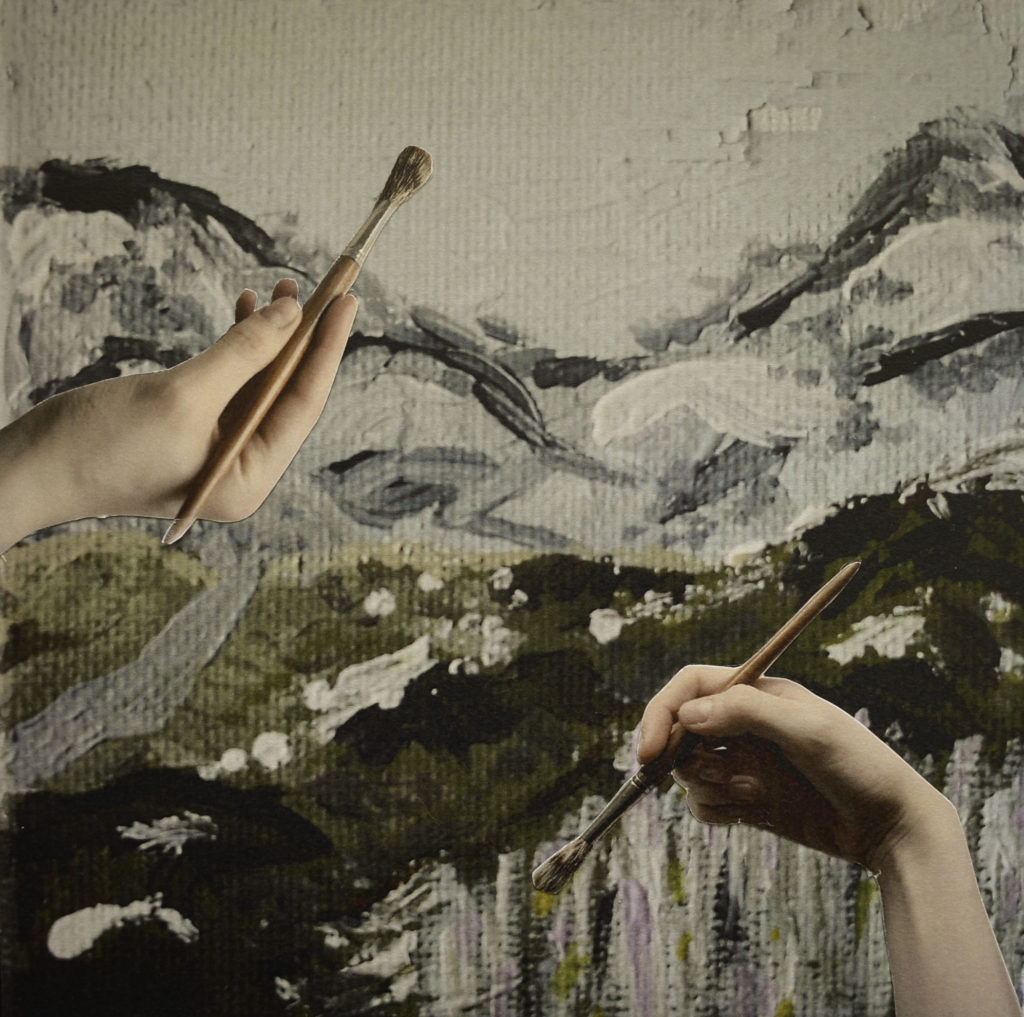
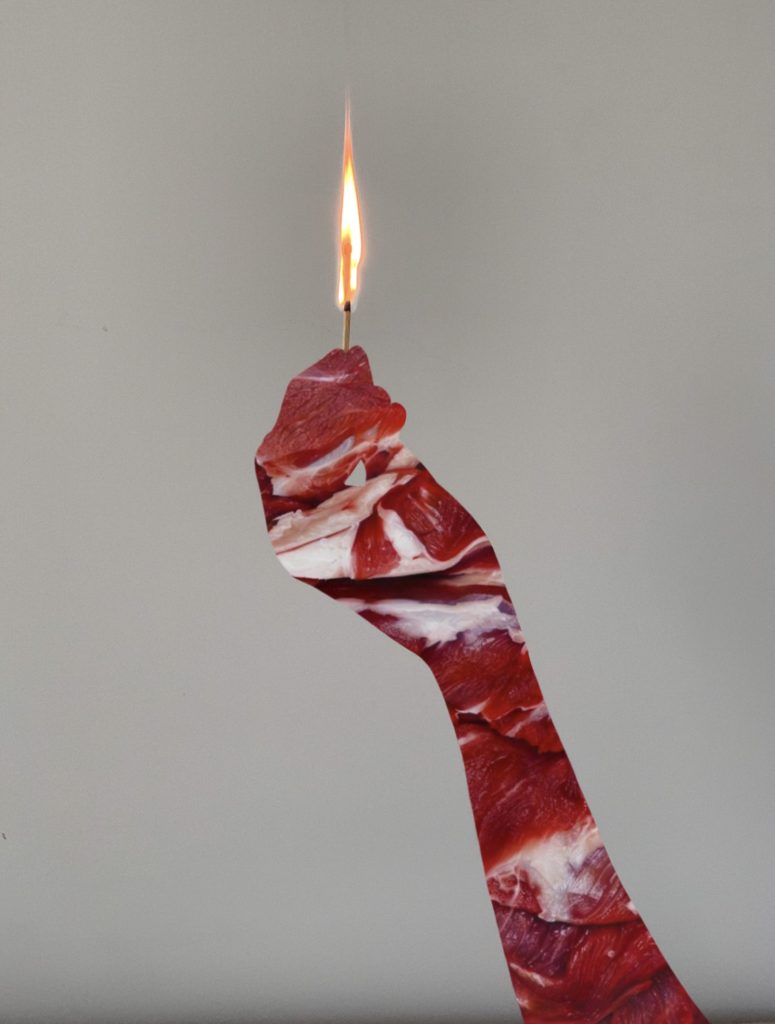
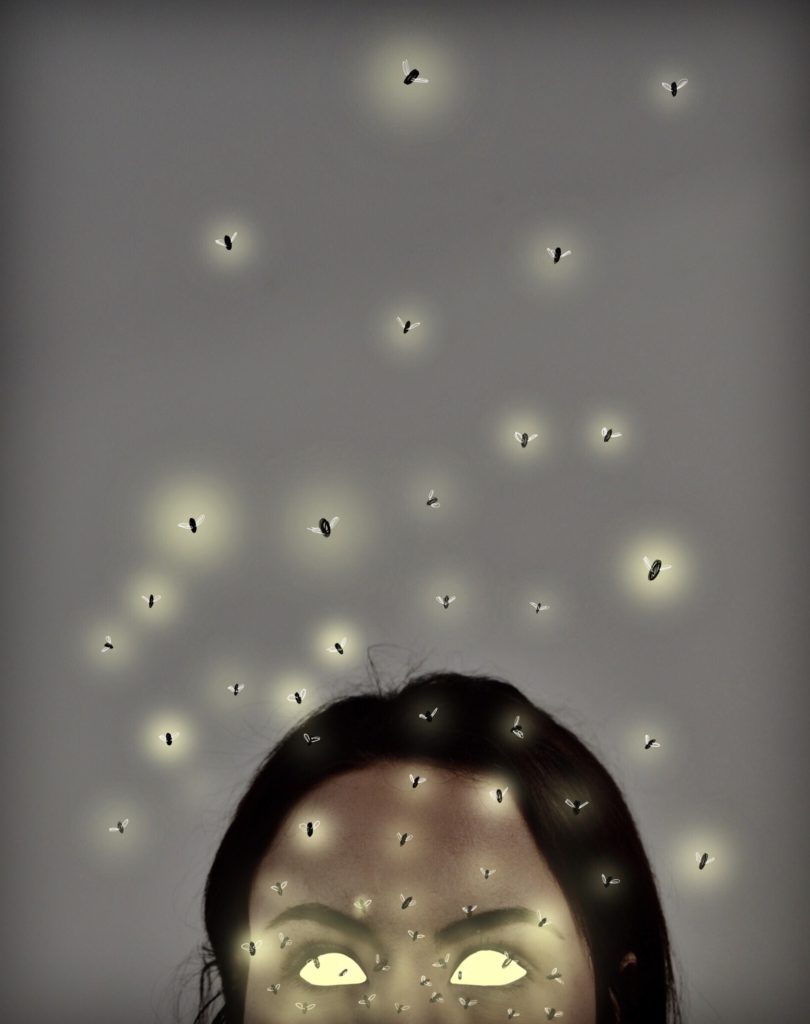
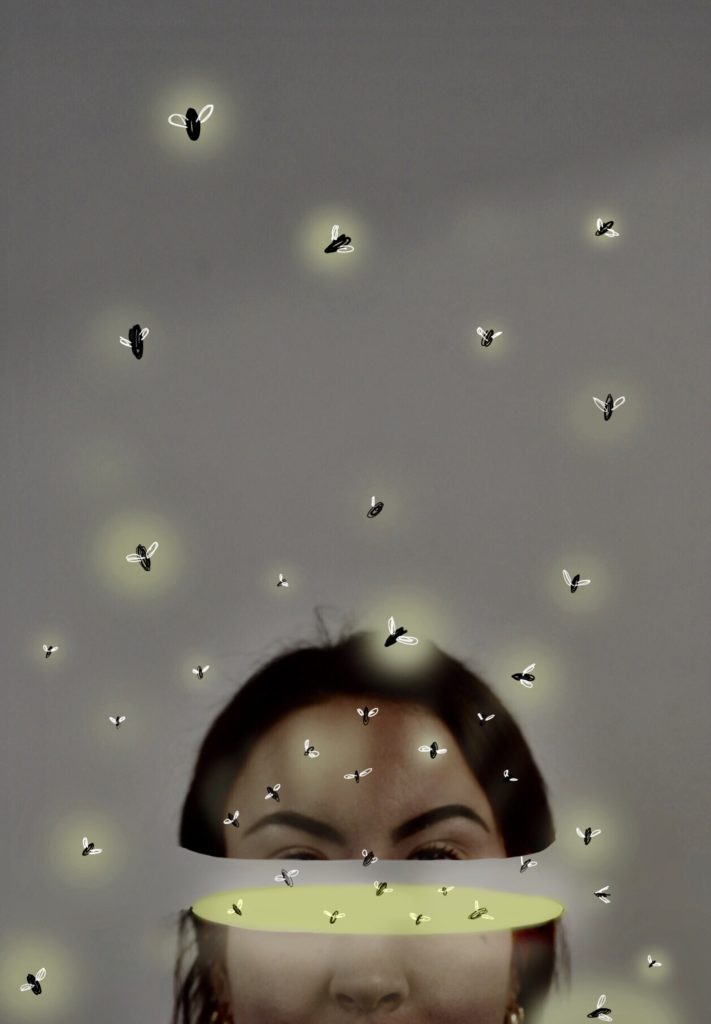






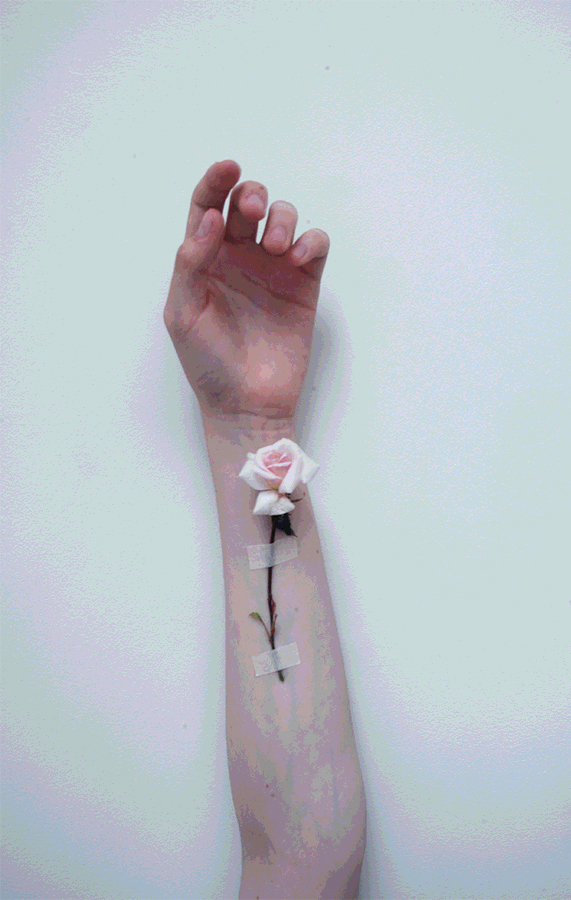
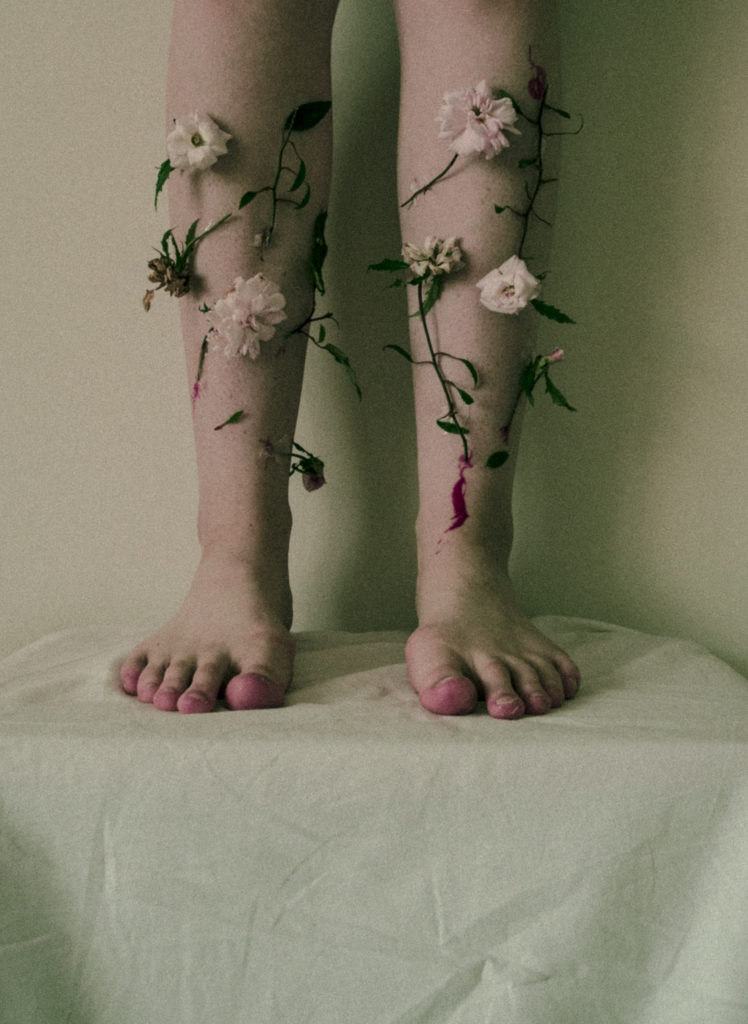
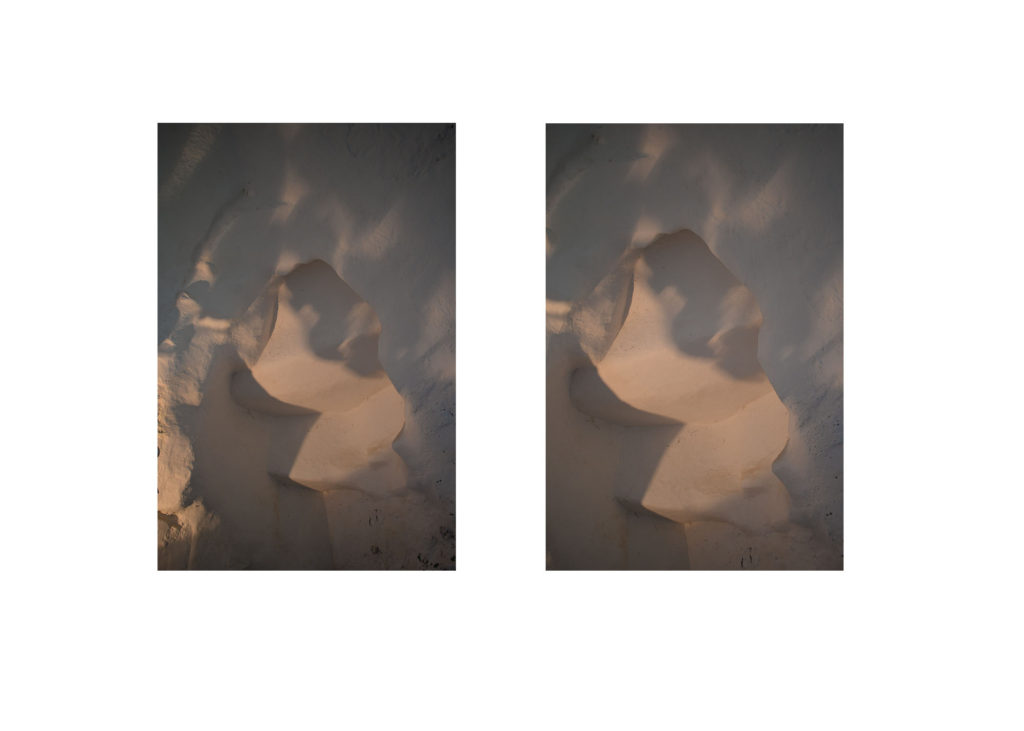
My overall aim for the mock exam was to explore the different places of safety and insecurity that are in our loves. Places make such a difference to our moods, and the people that dwell in these places. They can make our day, or can cause so much stress and can highten our emotions. But, at the end of the day, we’re in different places all the time, and we have to adapt to these in order to carry on; to keep ourselves sane.
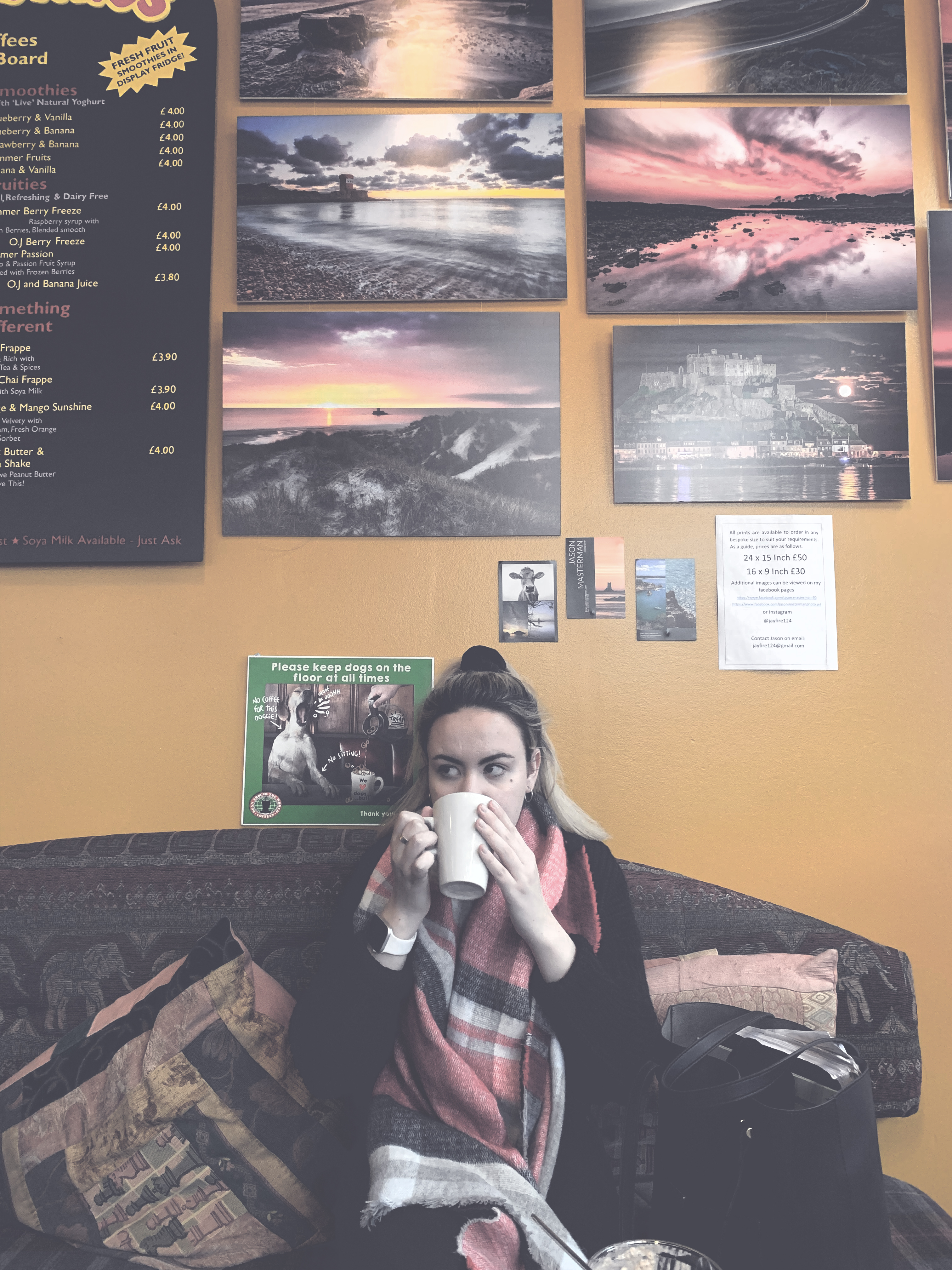
This photograph was part of my environmental portrait section. It has become one of my best outcomes of the environmental section simply because it has the most character and authenticity. It was taken completely out of the blue; it was as unprepared as the model was. Sometimes the best photographs are the ones taken without even thinking twice, as they are the most raw and organic. I guess the way in which I took the photo depicted the message for me: the natural way is the best way.
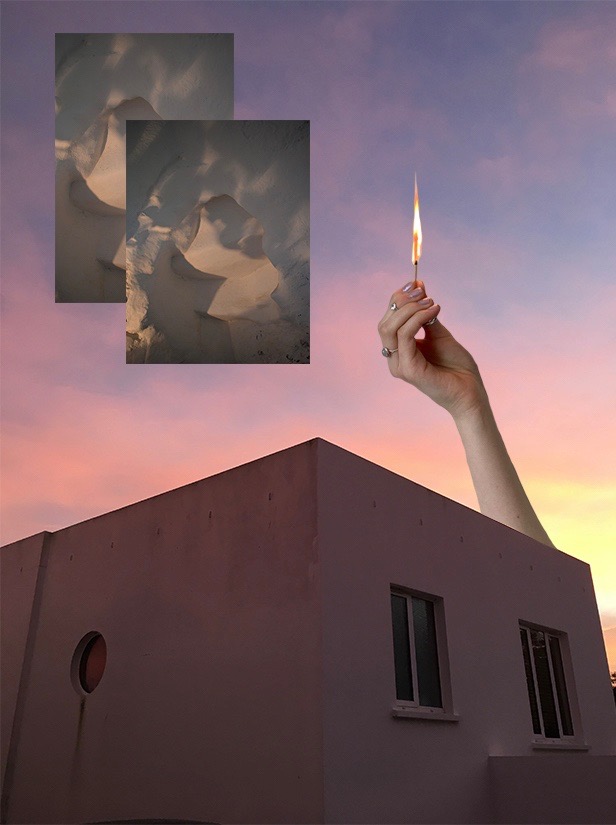
This photograph consists of several different images, all combined together through collaging. It included a picture of my house, a hand holding a lit match and two almost identical photos of a textured ceiling.
The overall look of this photograph has a very warm, orangey red tone – almost as if everything is on fire. You may interpret it as a warm, relaxed atmosphere, or a fiery and tense diposition . The house photographed in the photo has given me both: both the feeling of being intact, and the feeling of pure, wholesome range. It confuses me.

This work consisted of an old picture from my childhood, picturing me and my dad. Its also includes a landscape taken on film of the seaside where my family are from, in Ireland.
Initially, as part of my identity and place theme, I wanted to produce some works that conveyed my feelings of insecurity about myself, and the world. But after I thought about it, I wanted to focus on the stage of movement from the sinister place of insecurity to the overwhelming sense of freedom. When someone who has physically been in your life for so long, but not emotionally, suddenly dissipates from your entire existence, it forces you to realise how you were feeling back in the past. It enlightens you to a new sense; a new set of emotions that are pure and brand new. But because there has been so many confusing, complex times in your life, you have had to mold into several different versions of yourself, and the person who you trusted the most, that individual that is now the only person you have spiritually, seems to have holes and gaps in them too.

This window exists in my bedroom, but for so long my bedroom was a safe place that I hardly ever left. Yet part of me wanted to so desperately explore everything but the confounds of my own house. This photograph speaks for those times where I never had the confidence to explore the wider world when I so desperately yearned too. But I guess I have more time.
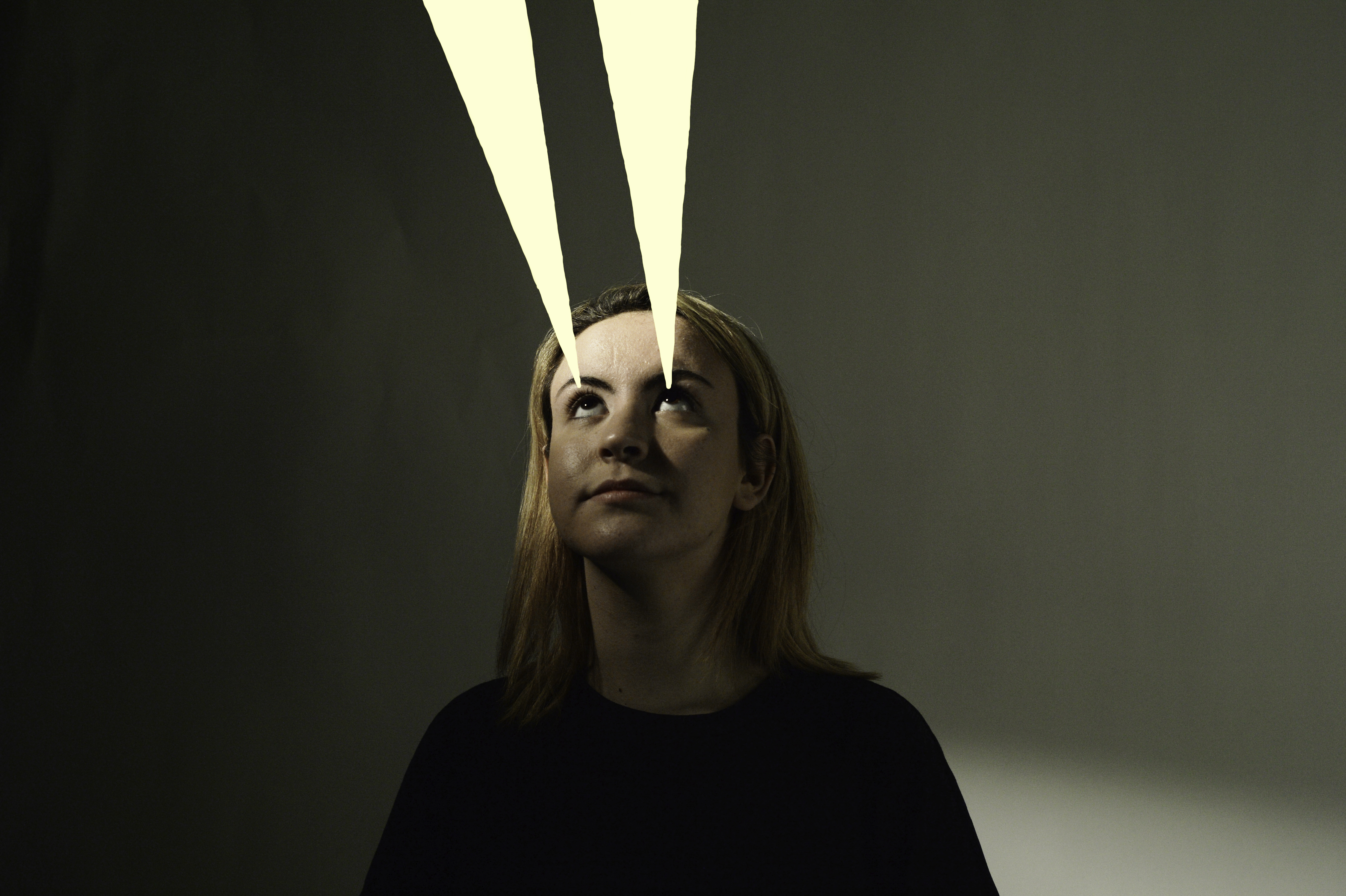
People often forget how they themselves influence their next moves, as we tend to focus on blaming other things that dictate what our next move will be. Our decisions can be optimistic or pessimistic: in this case the subject is lighting up a dark place so she can see again. The light she has created will help her and guide her to her next destination.

I’ve experienced times when the same place has given me two completely different feelings; the polar opposites of each other. It confounds me how one place can alter your emotions and feelings so much, too much. It makes me uncomfortable and insecure as I never know when this type of situation will make itself known again and confuse me once more.
Green box – using
red diagonal line – not using
red question mark – not sure to use at all
green question mark – not sure to use as a final
vertical lines – cropping
black scribble – not applicable
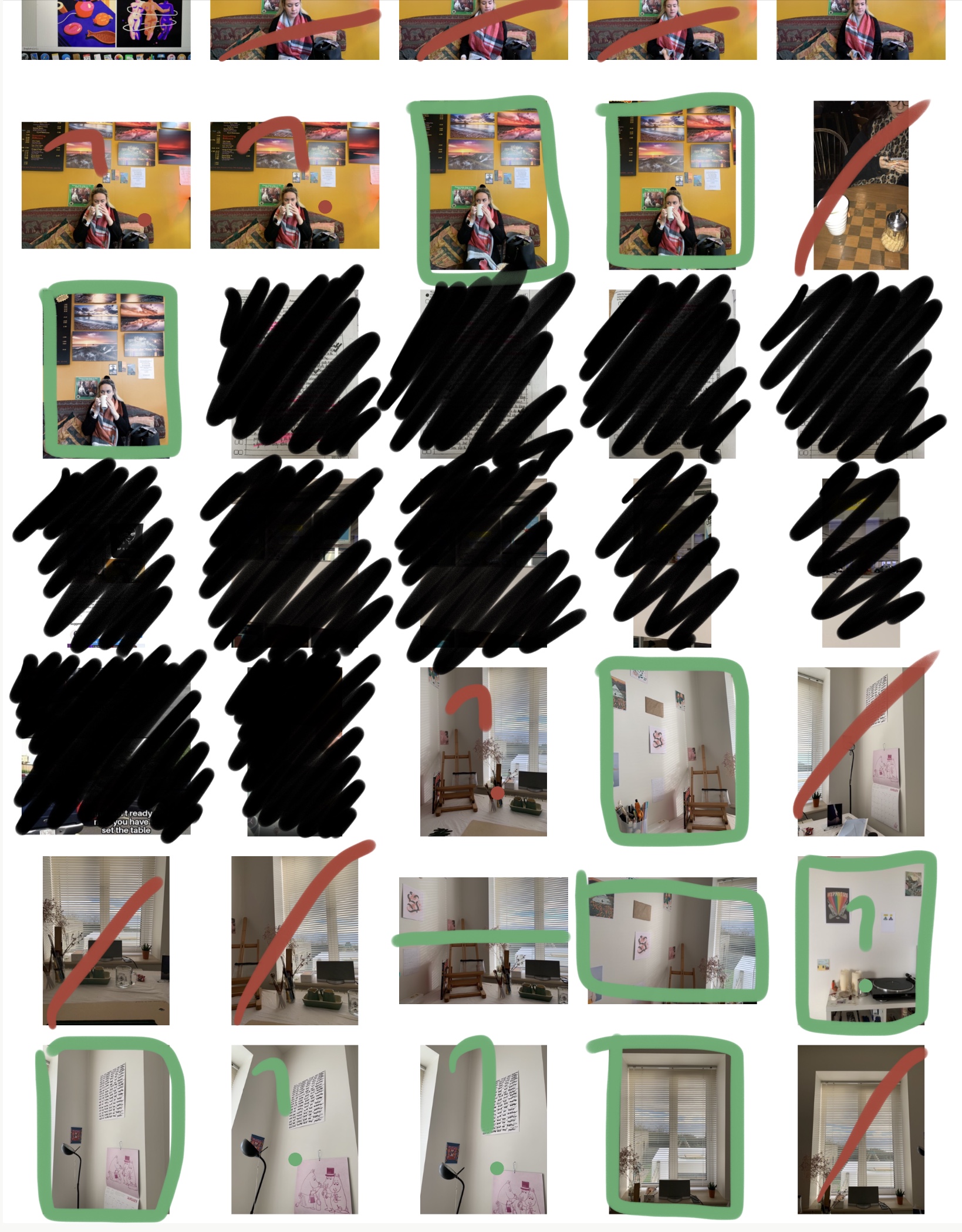

In the studio, I initially took about 300 photos. I narrowed them down to about 9 and edited each of them so I would have a bigger choice of photos to choose from for my finals.

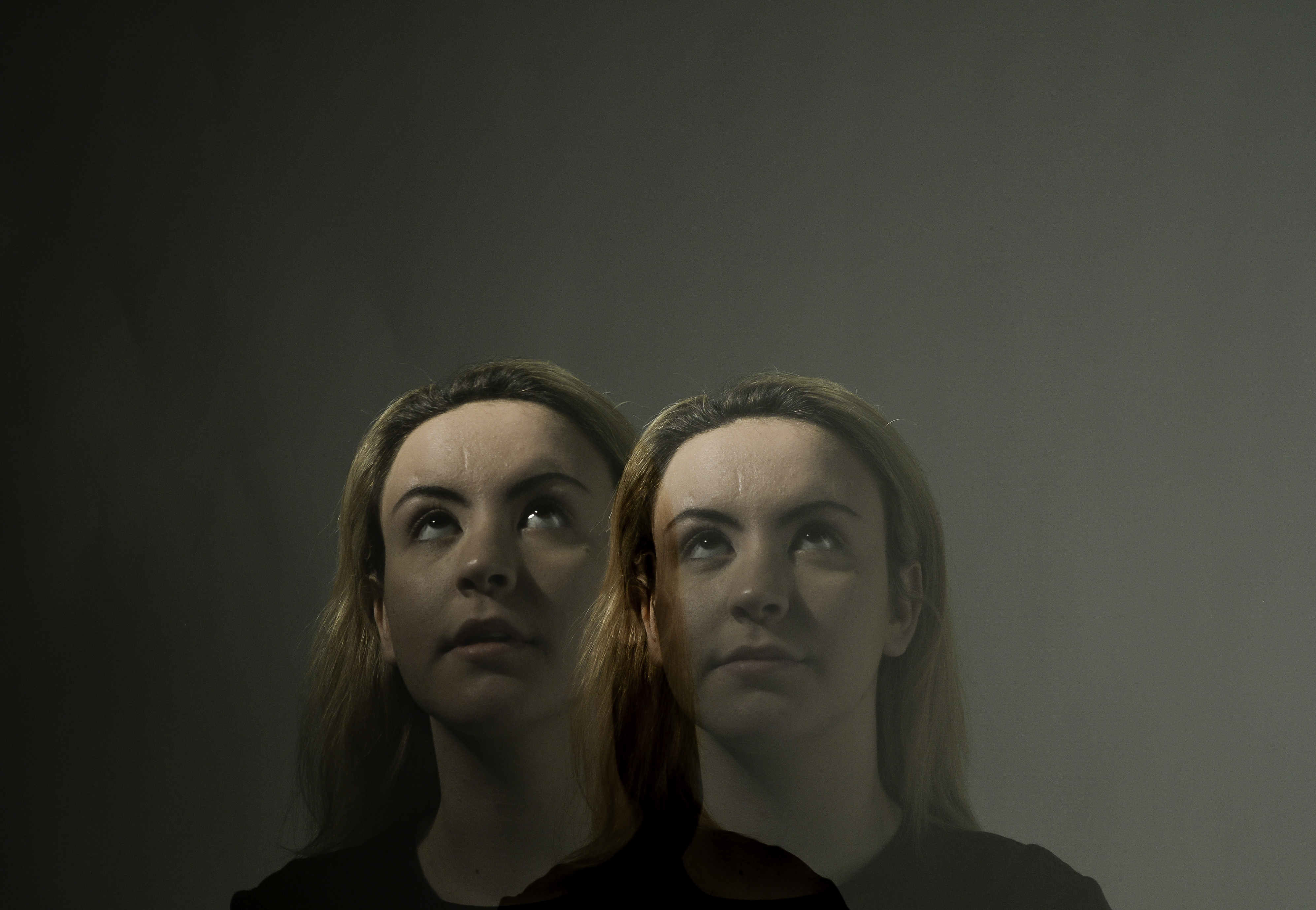
using double exposure, I created the effect of two people being present.

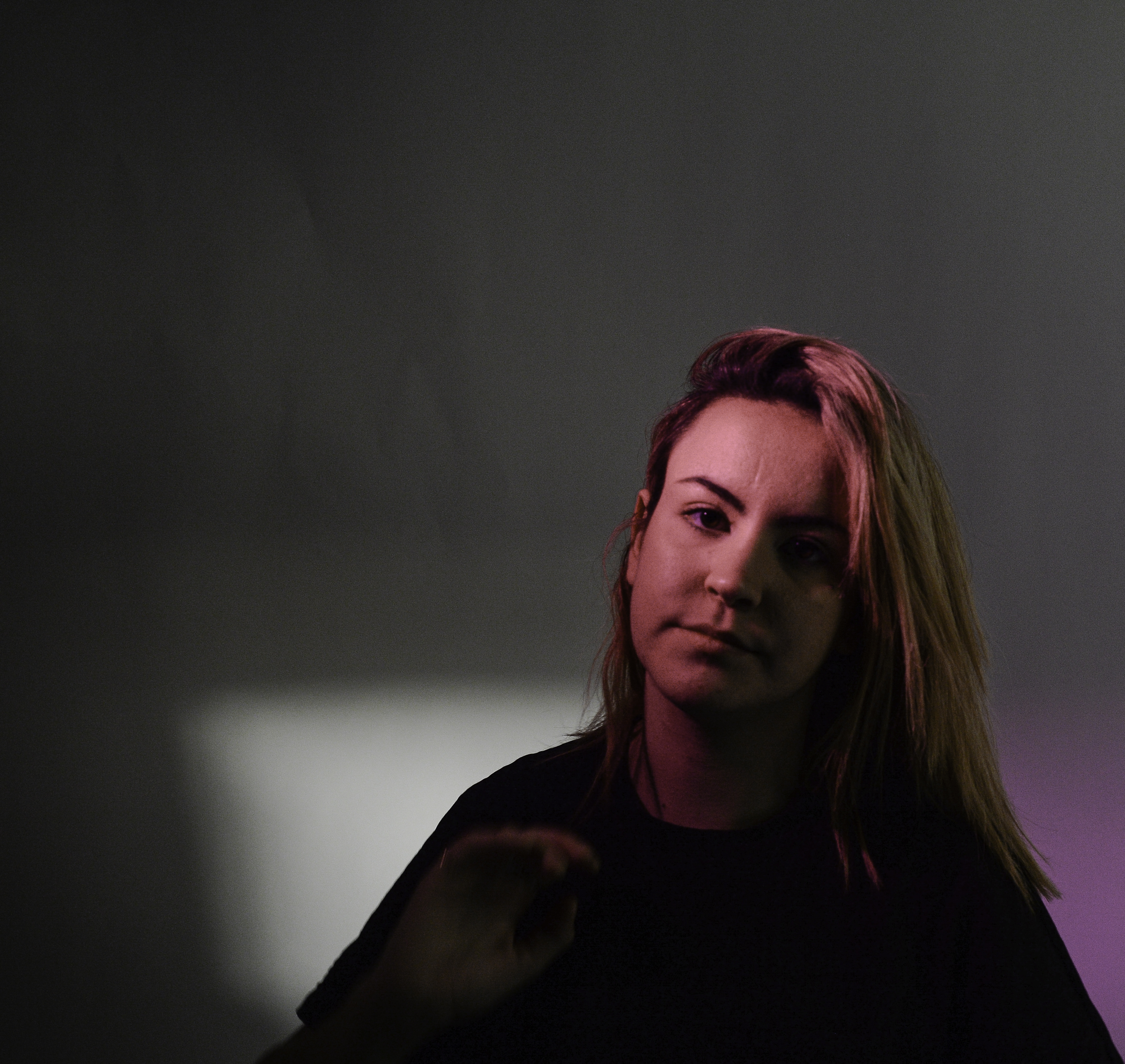
Here, I used a pink filter of the one point light.
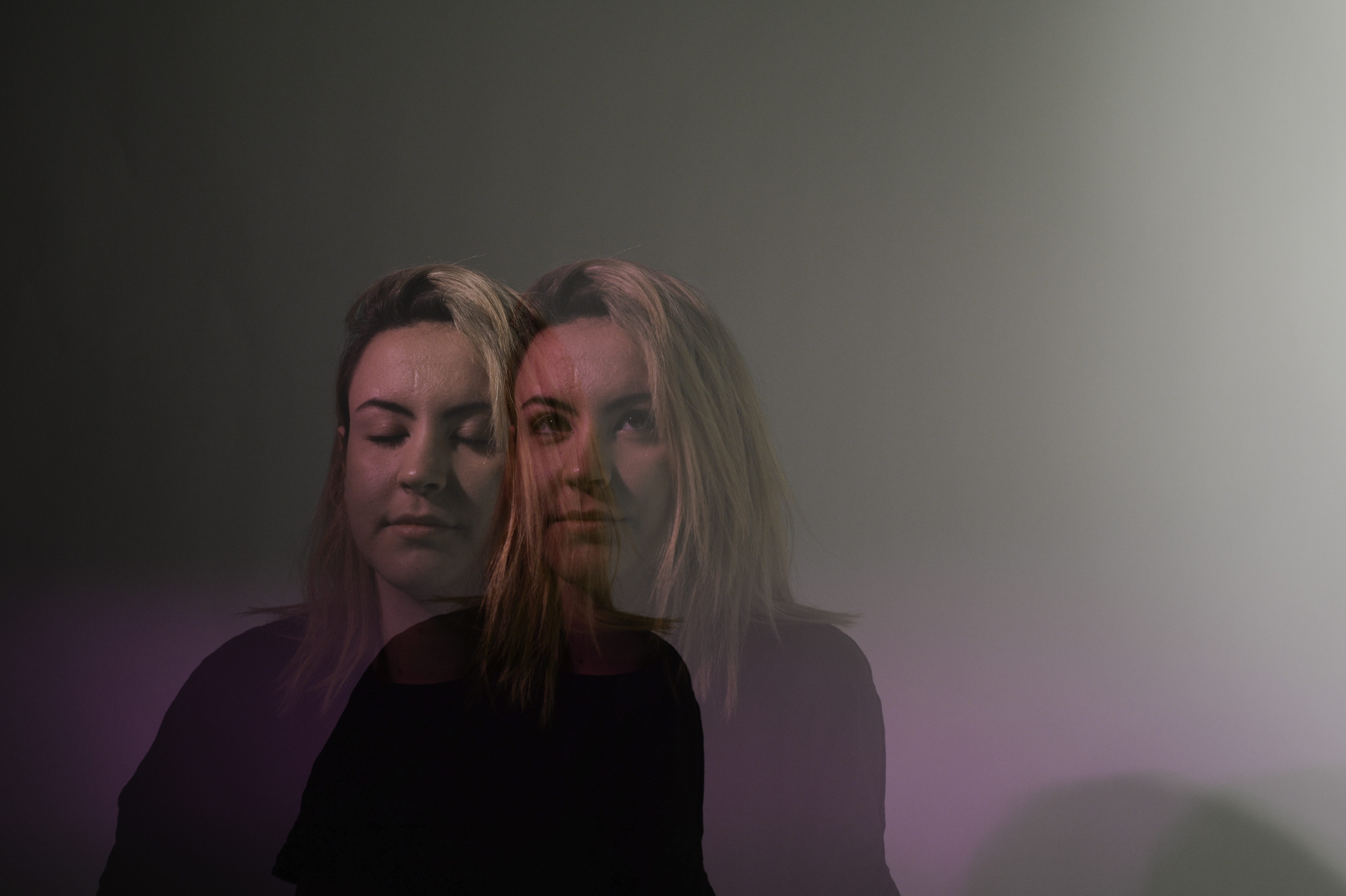
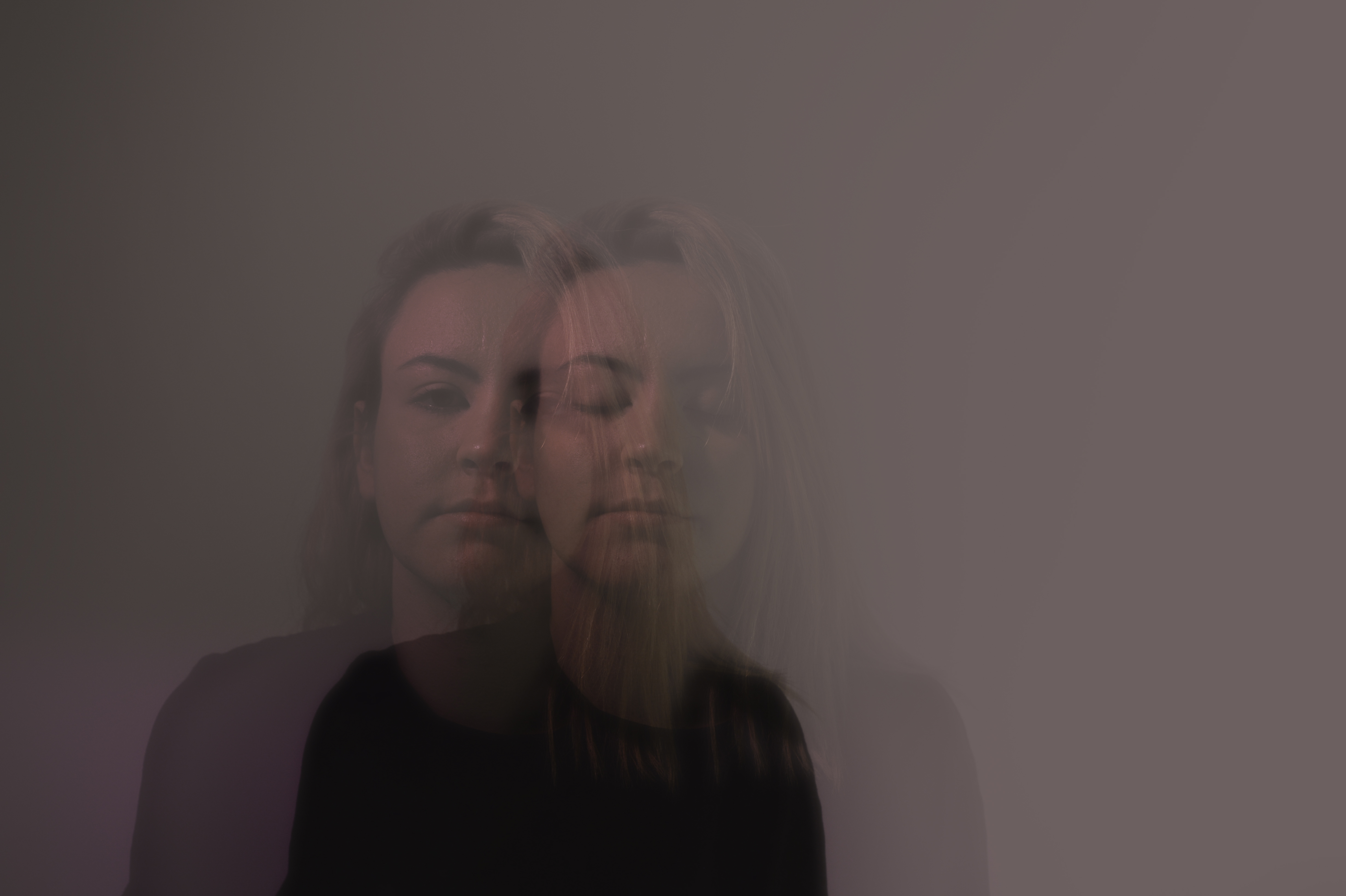
For the next three photos I increased the haze so that they would look somewhat surreal, almost dreamy.

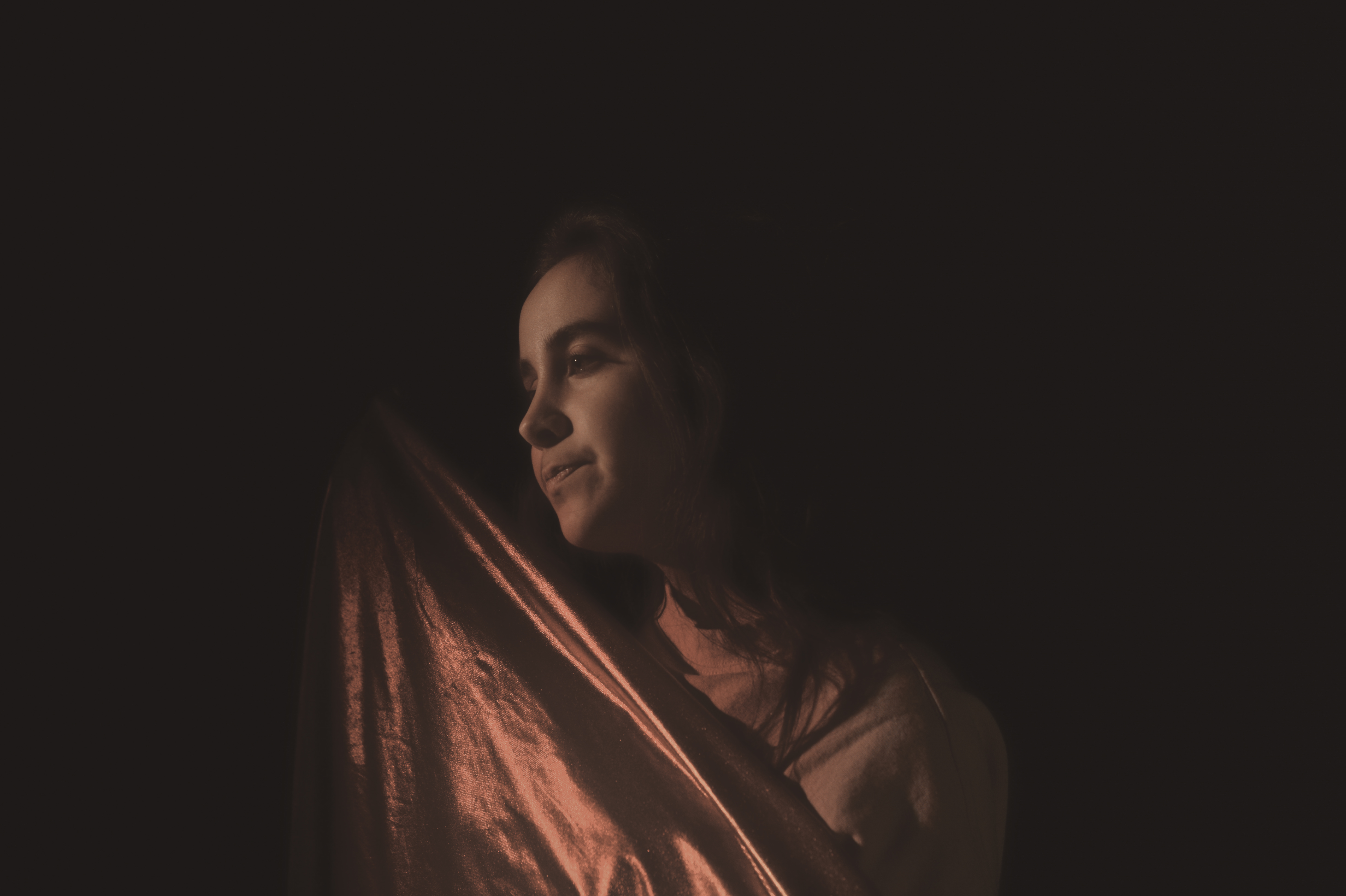
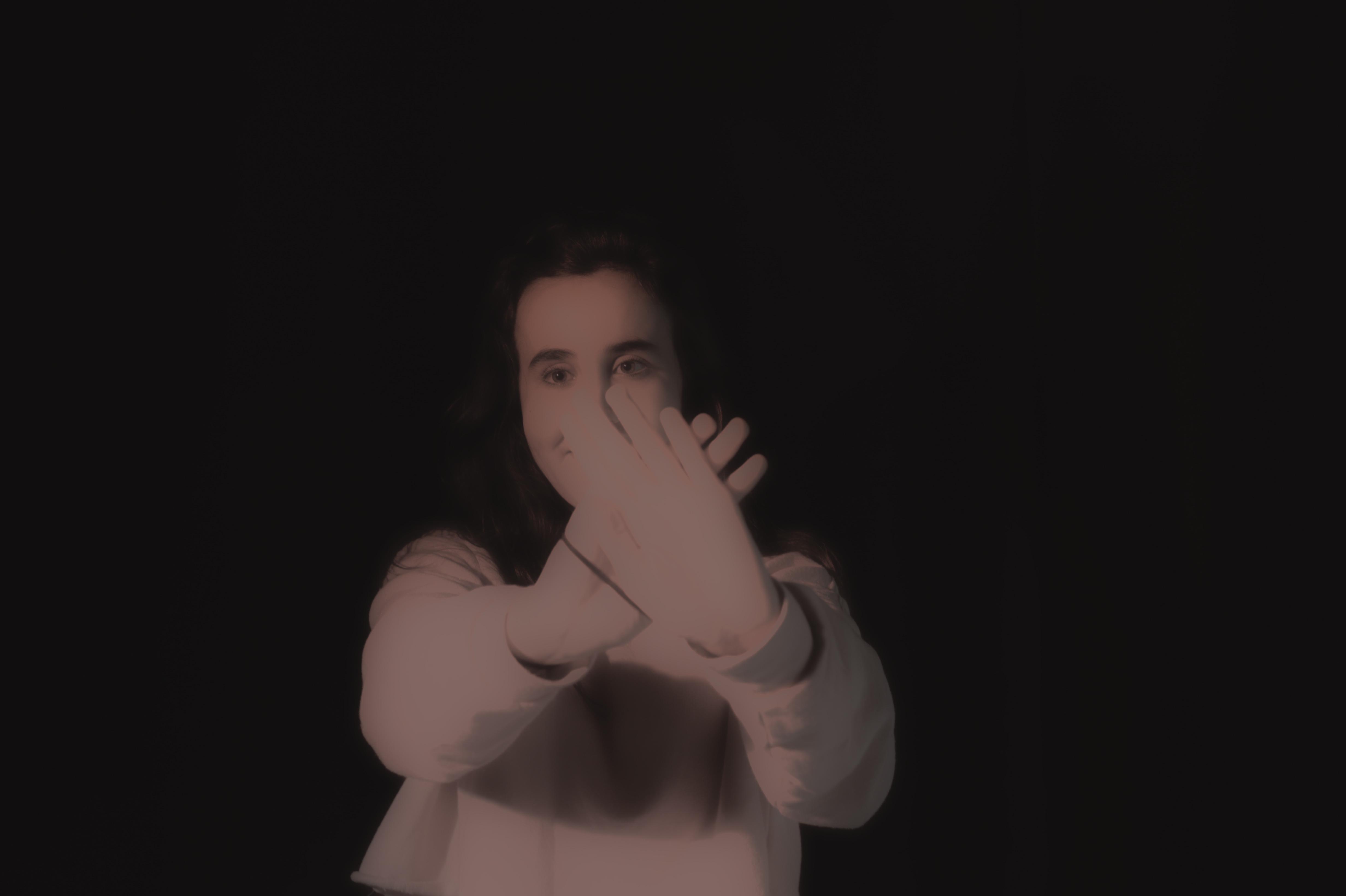
Tableaux is used to describe a painting or photograph in which characters are arranged for picturesque or dramatic effect and appear absorbed and completely unaware of the existence of the viewer.

The term was first used in the eighteenth century by French philosopher Denis Diderot to describe paintings with this type of composition. Tableau paintings were natural and true to life, and had the effect of walling off the observer from the drama taking place, transfixing the viewer like never before.
It can be used to create surreal landscapes and visions, expressing or pursuing existing ideas, thoughts and situations,
Tableaux photography is staged, and the final outcome was made purposefully with an idea in mind.
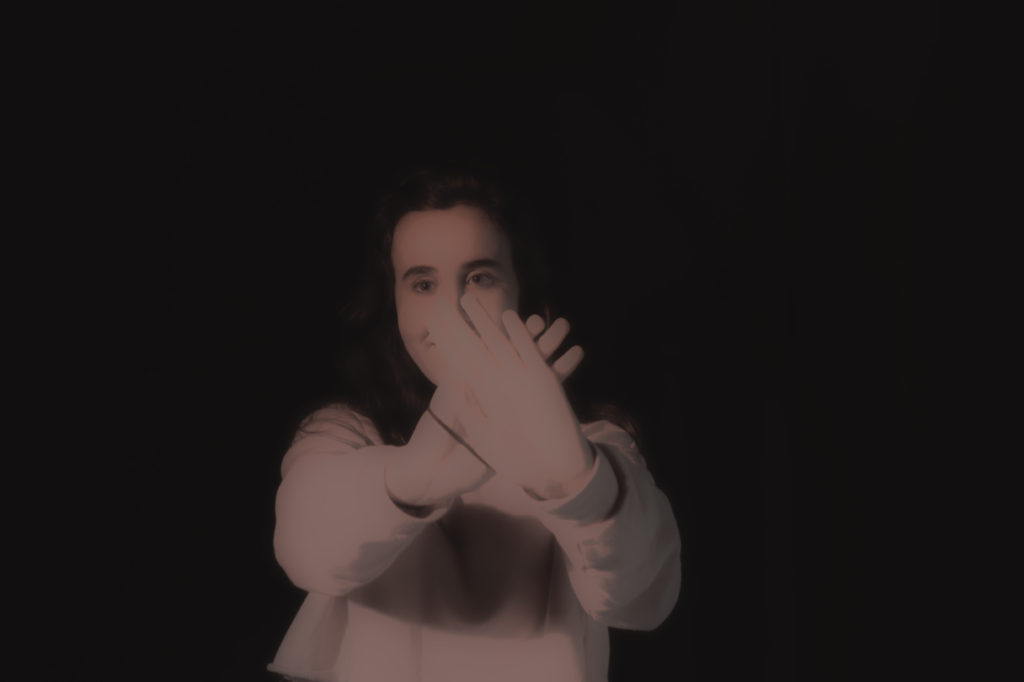
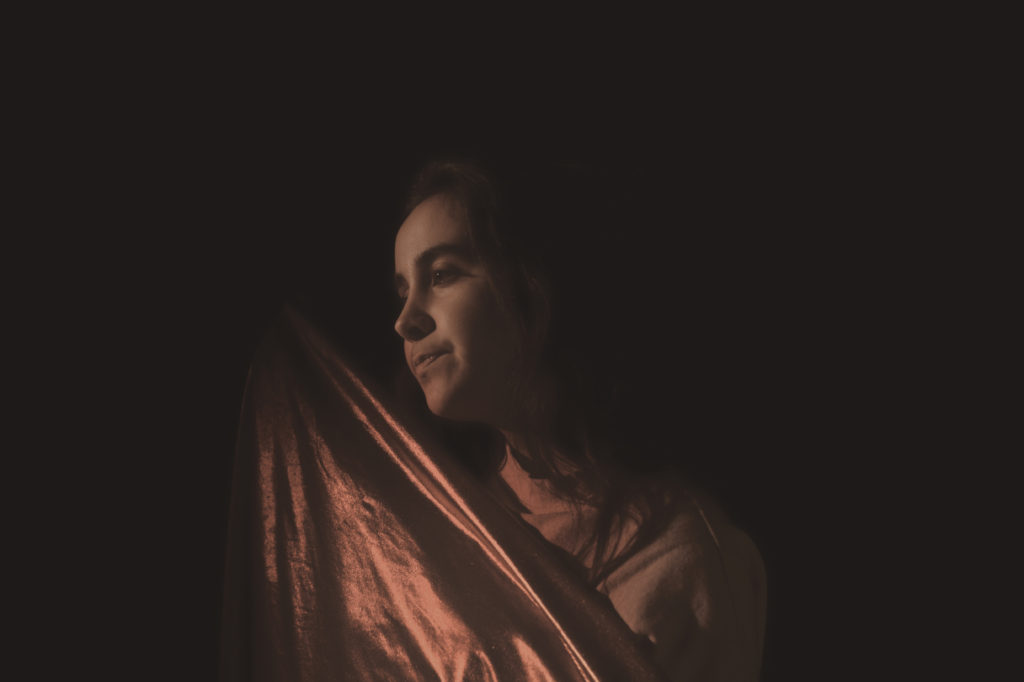
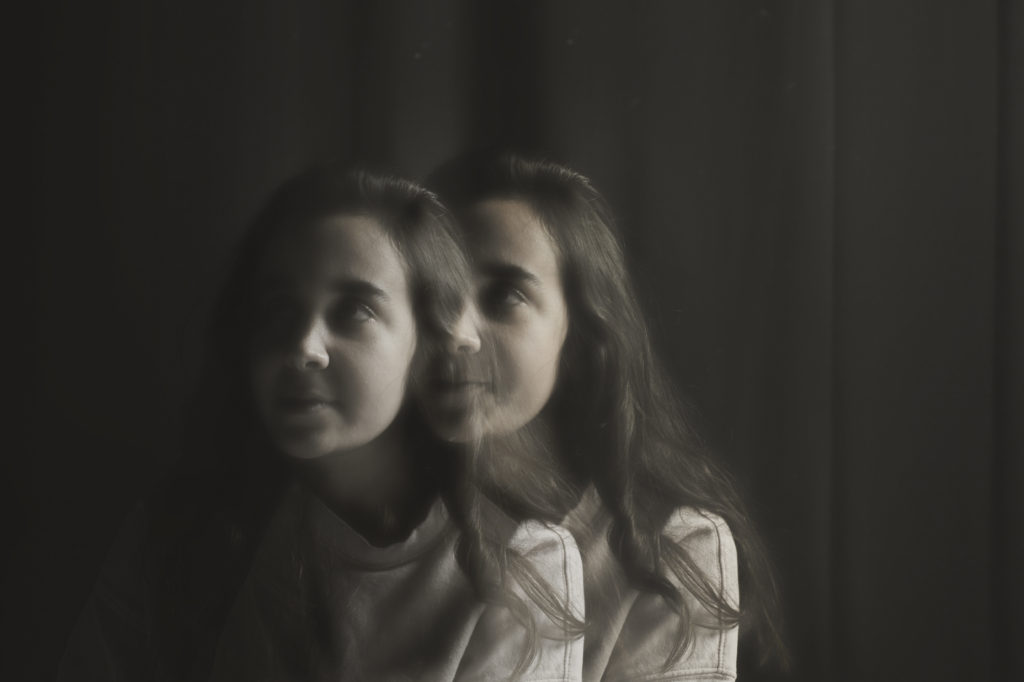

For the four previous photos I took them using a box light and a magenta filter. I didn’t do much in terms of editing in photoshop: all I altered was the saturation to tone down the vivd, harsh pink colours and to give it a ‘cloudy’ sort of look.

In this piece I wanted to keep the vivid colours, so all I did in terms of editing was change the exposure so the figures were more dominant.

All my other photographs had been rectangle, so I decided to change it up and have this in the format of a square. I added some noise to this photo as it gave the pink filter more of a texture on the models face. I also decreased the exposure as it made everything slightly darker except for the models face which, in turn, made it stand out.
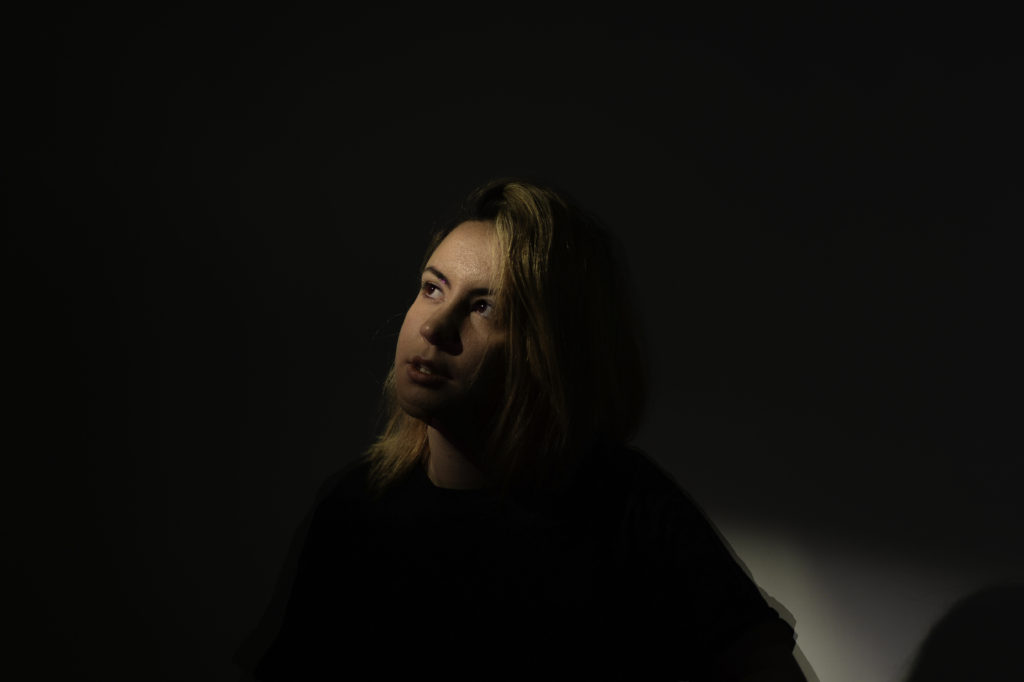
In this photo I had the model sit down so the light would catch the top of her head. I decreased the exposure and selected the history brush and brushed over her face to gain the light back. This created an effect like just her face was glowing.
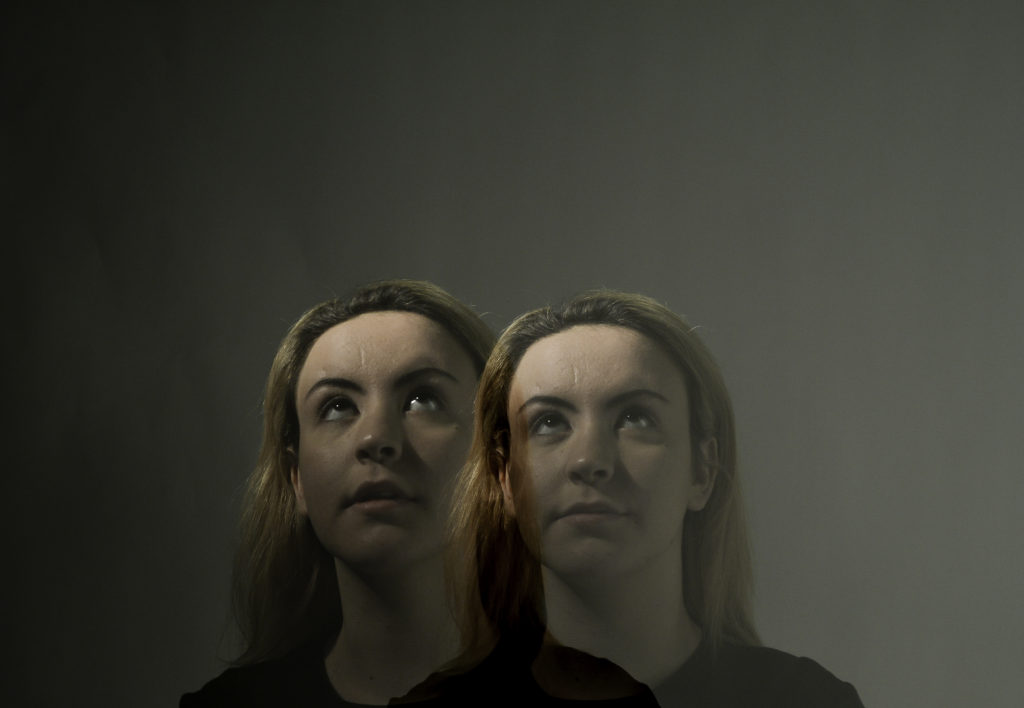
I used the double exposure setting on my camera to take this picture. My goal was to have a slight difference between the two figures, but not t

I had the model sit on the ground so I would be able to catch the light on her forehead. I wanted to enhance it a little more so I used Lightroom to edit this piece. Using a brush and selecting exposure, I brushed over the highlights on her head and eyes to strengthen the light.
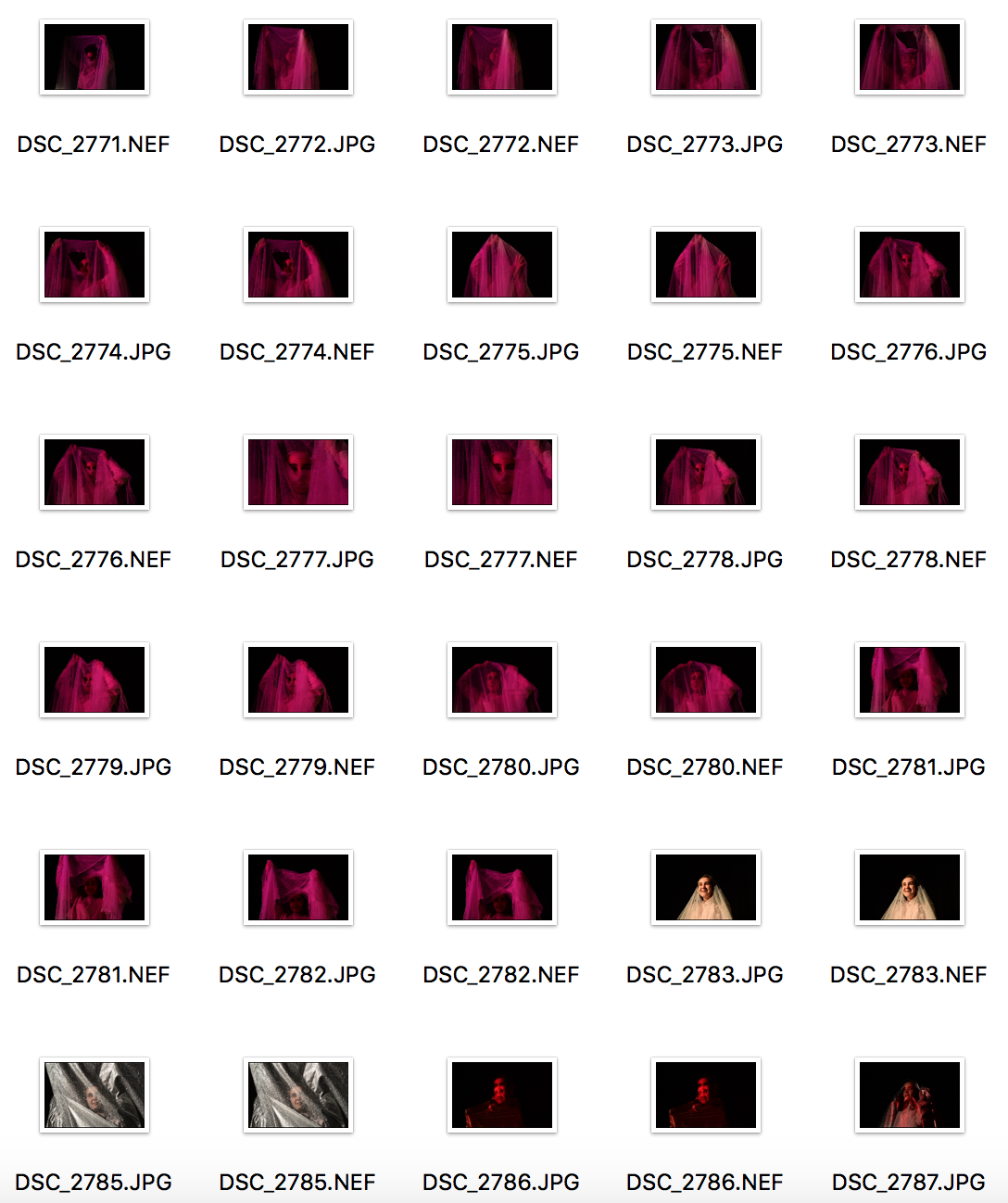
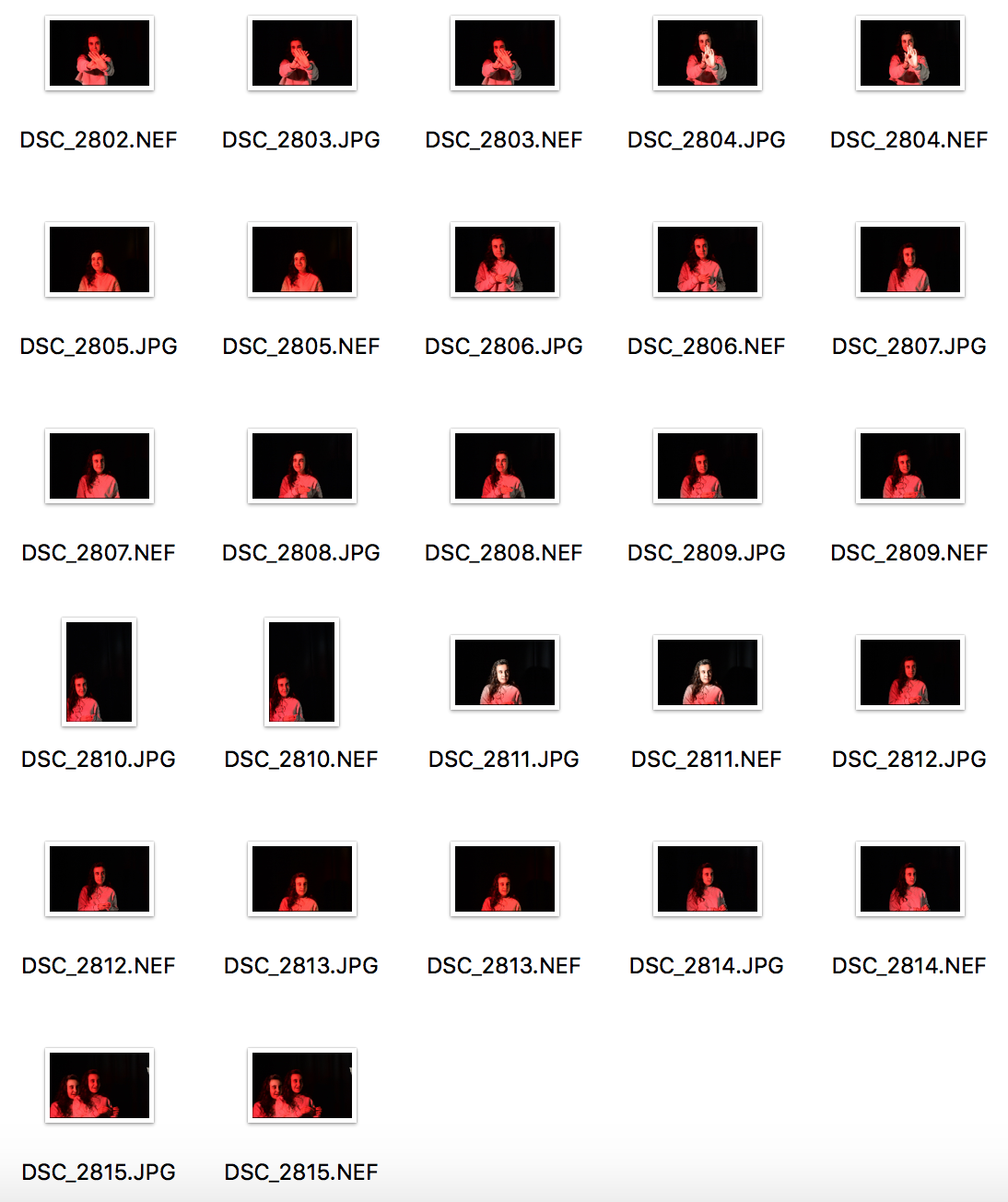

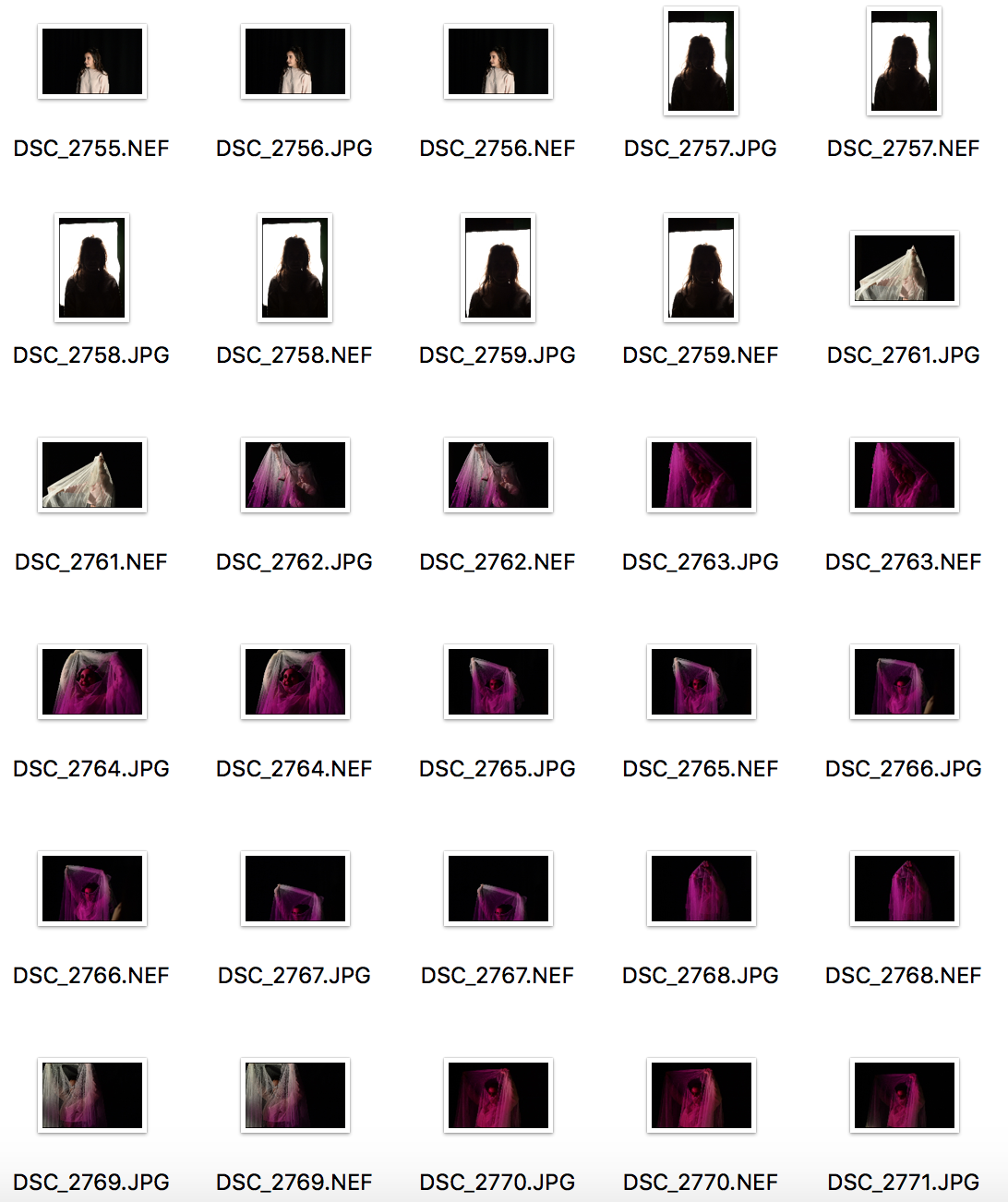
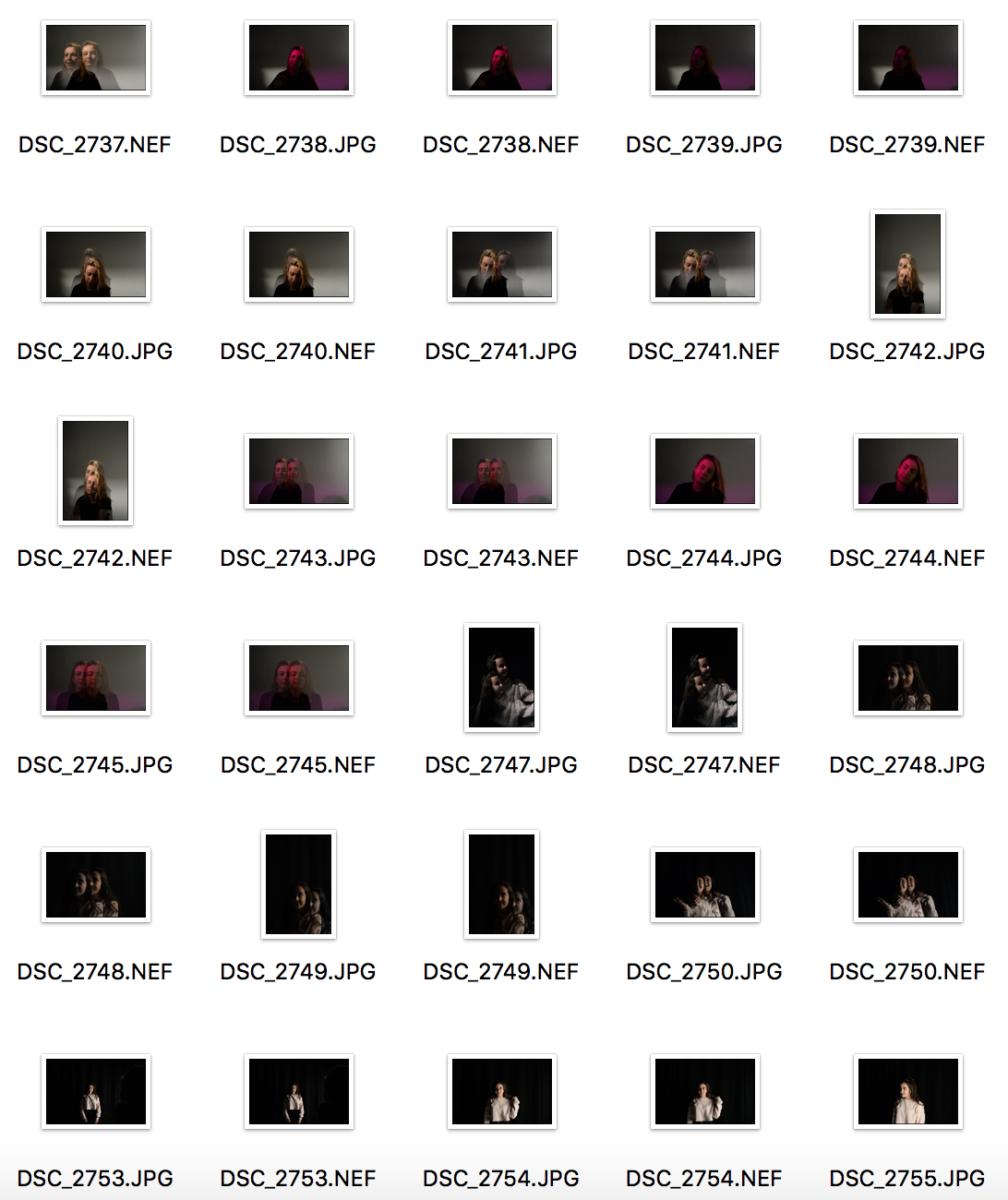
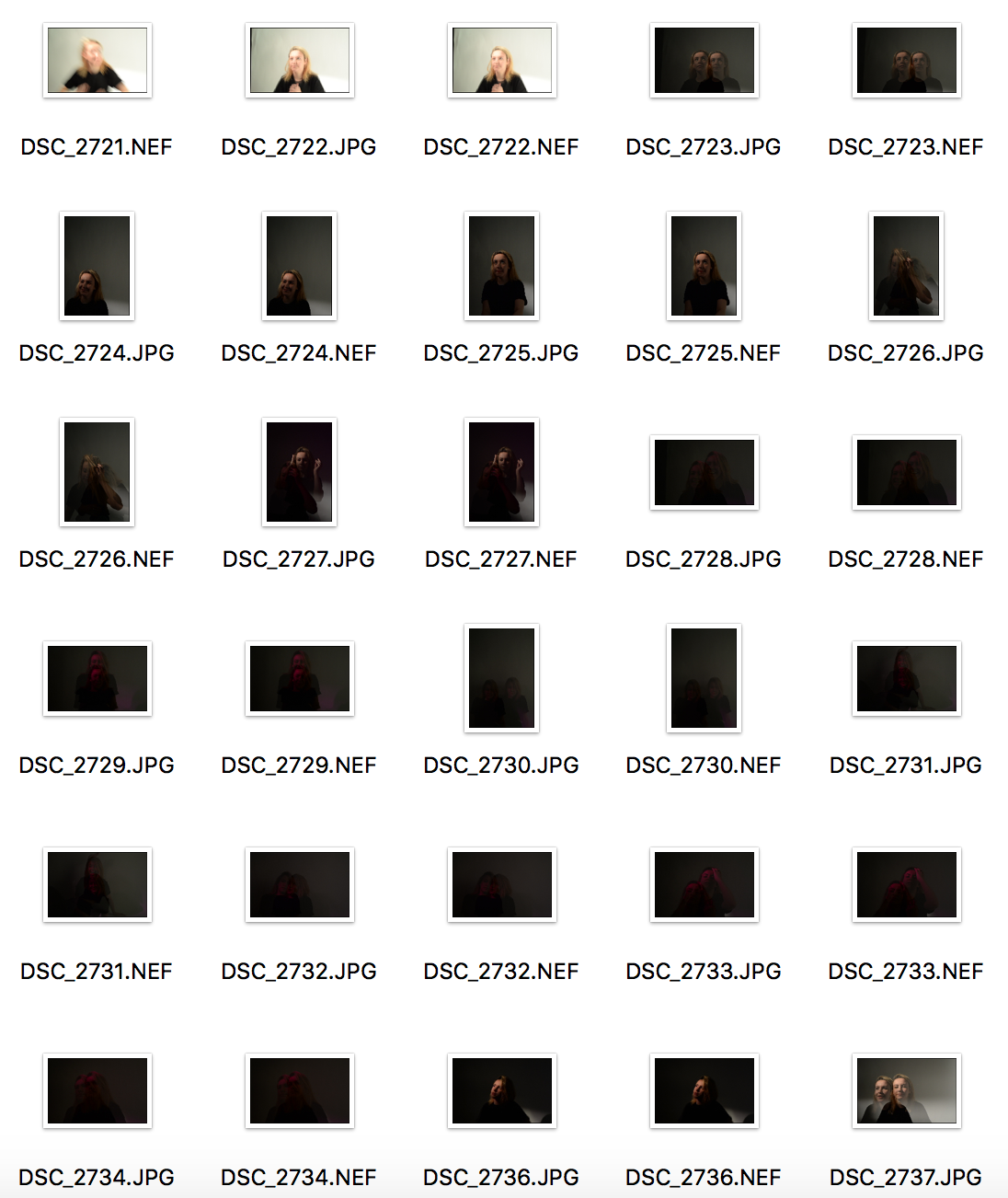
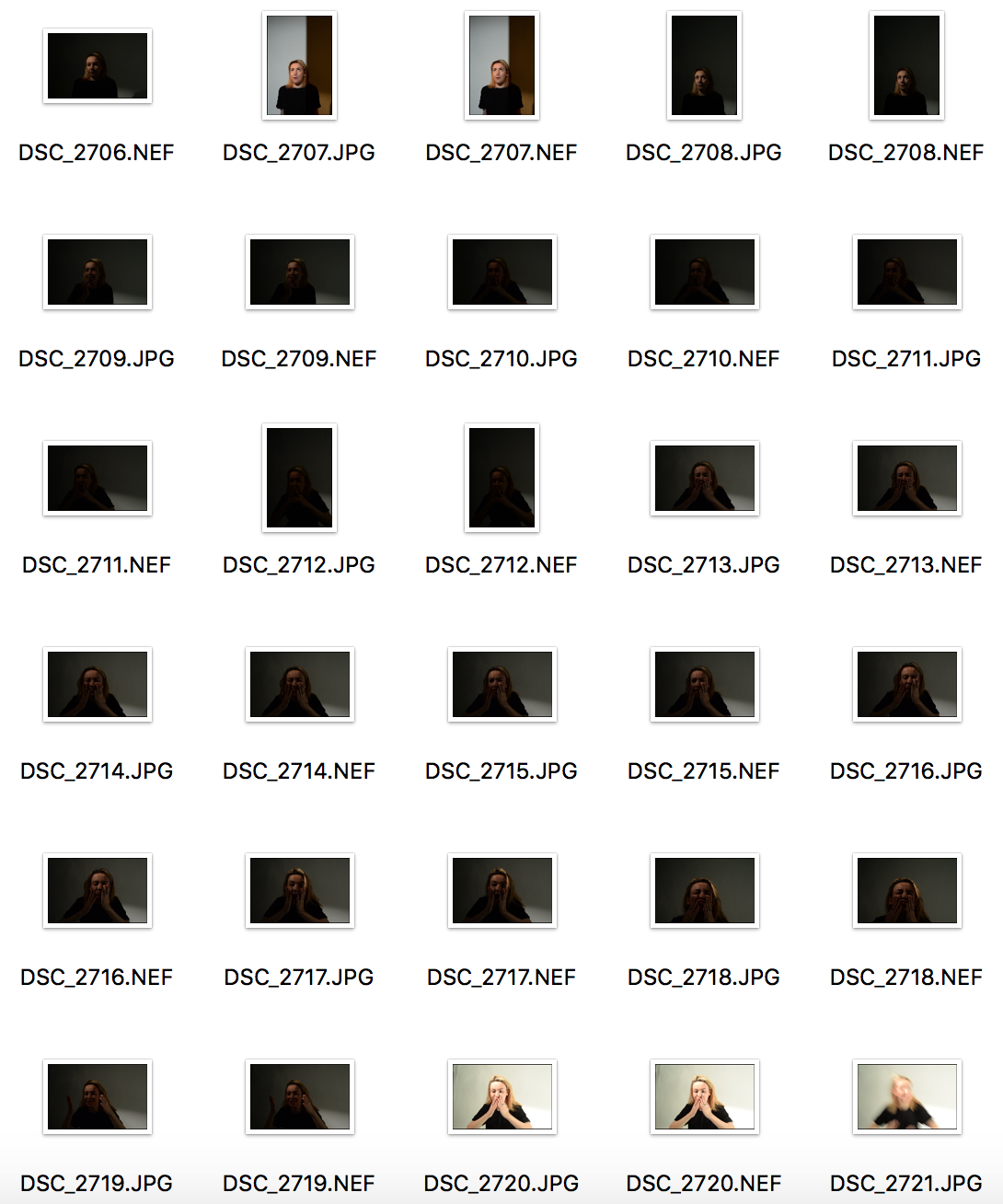
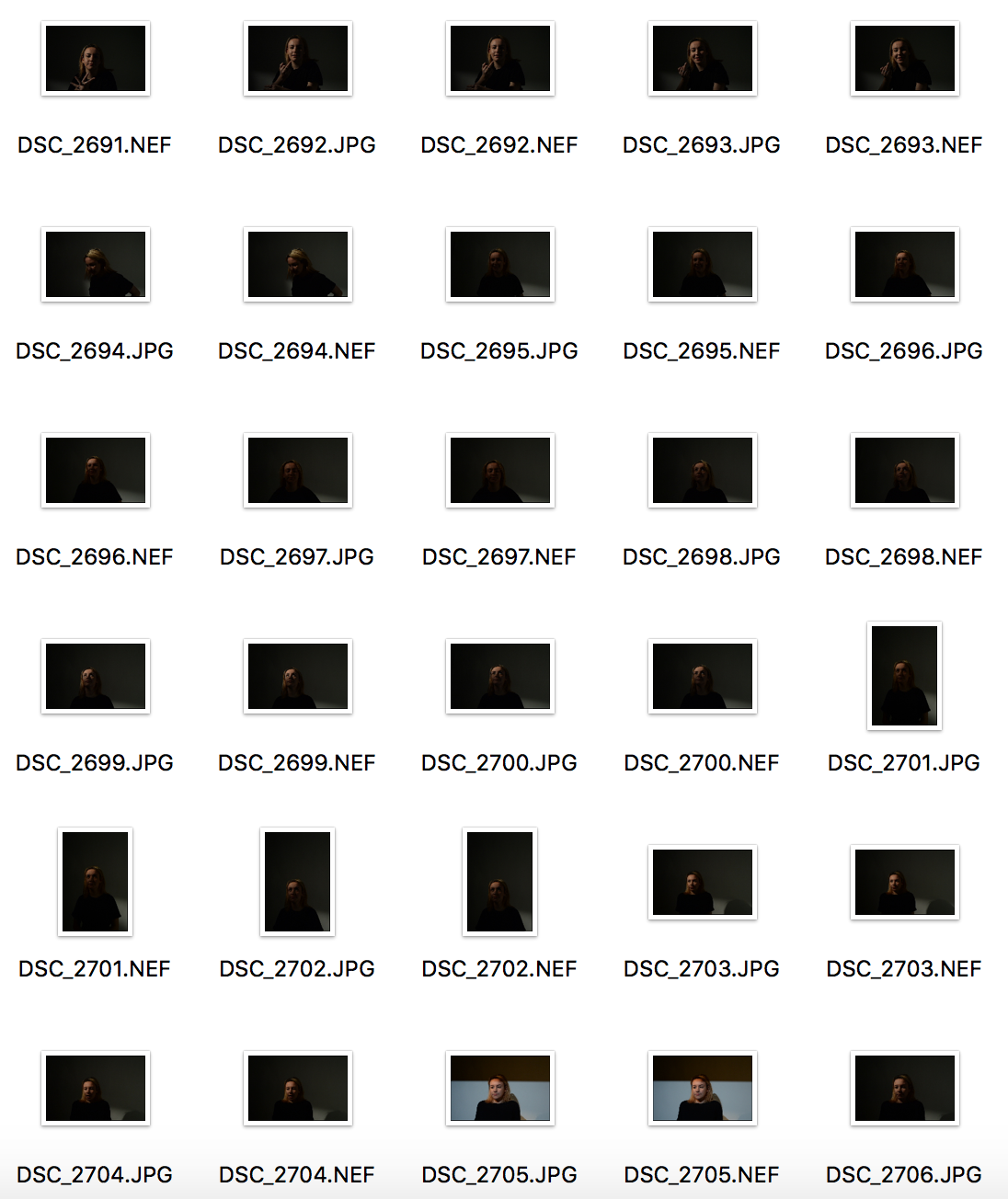
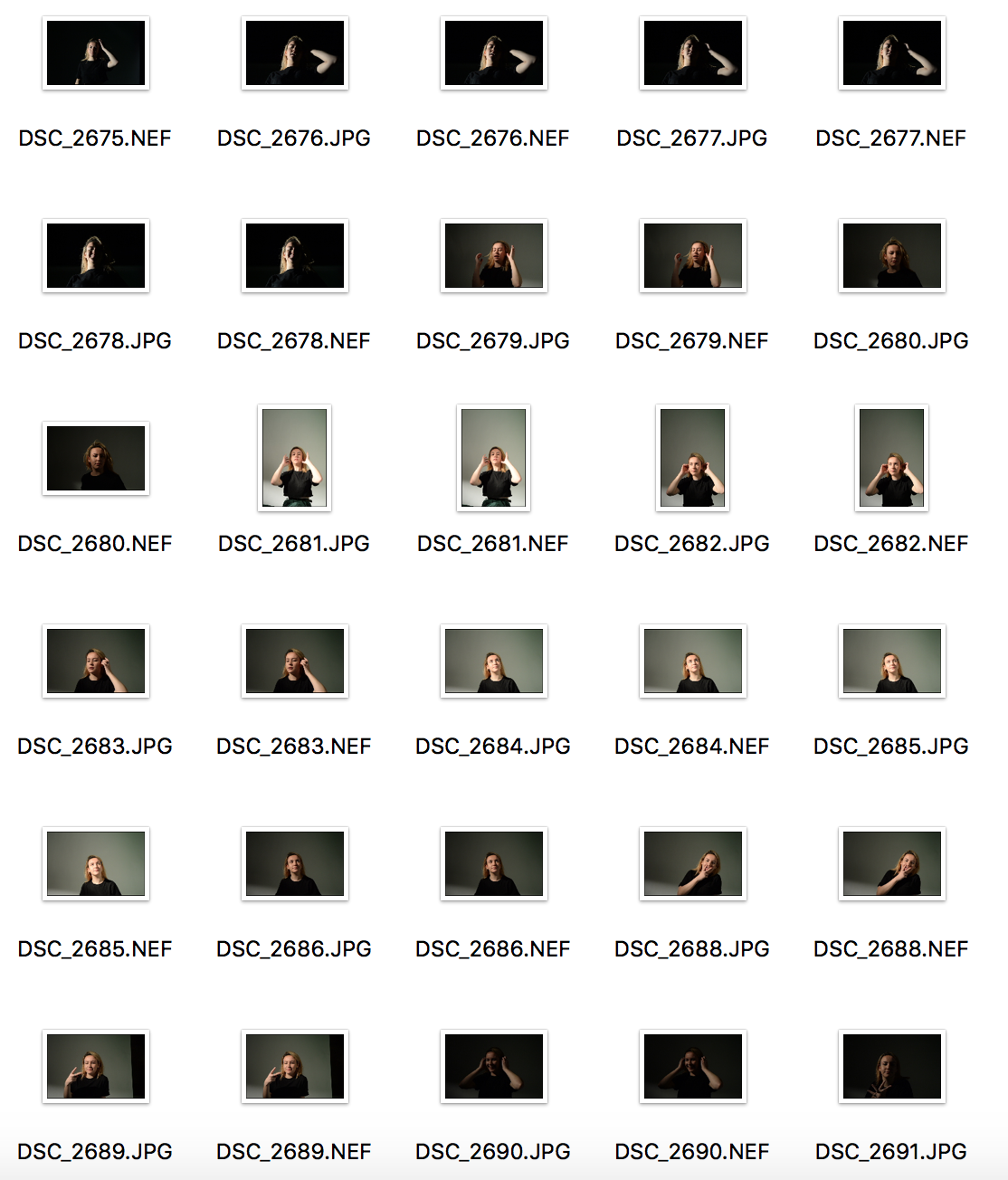
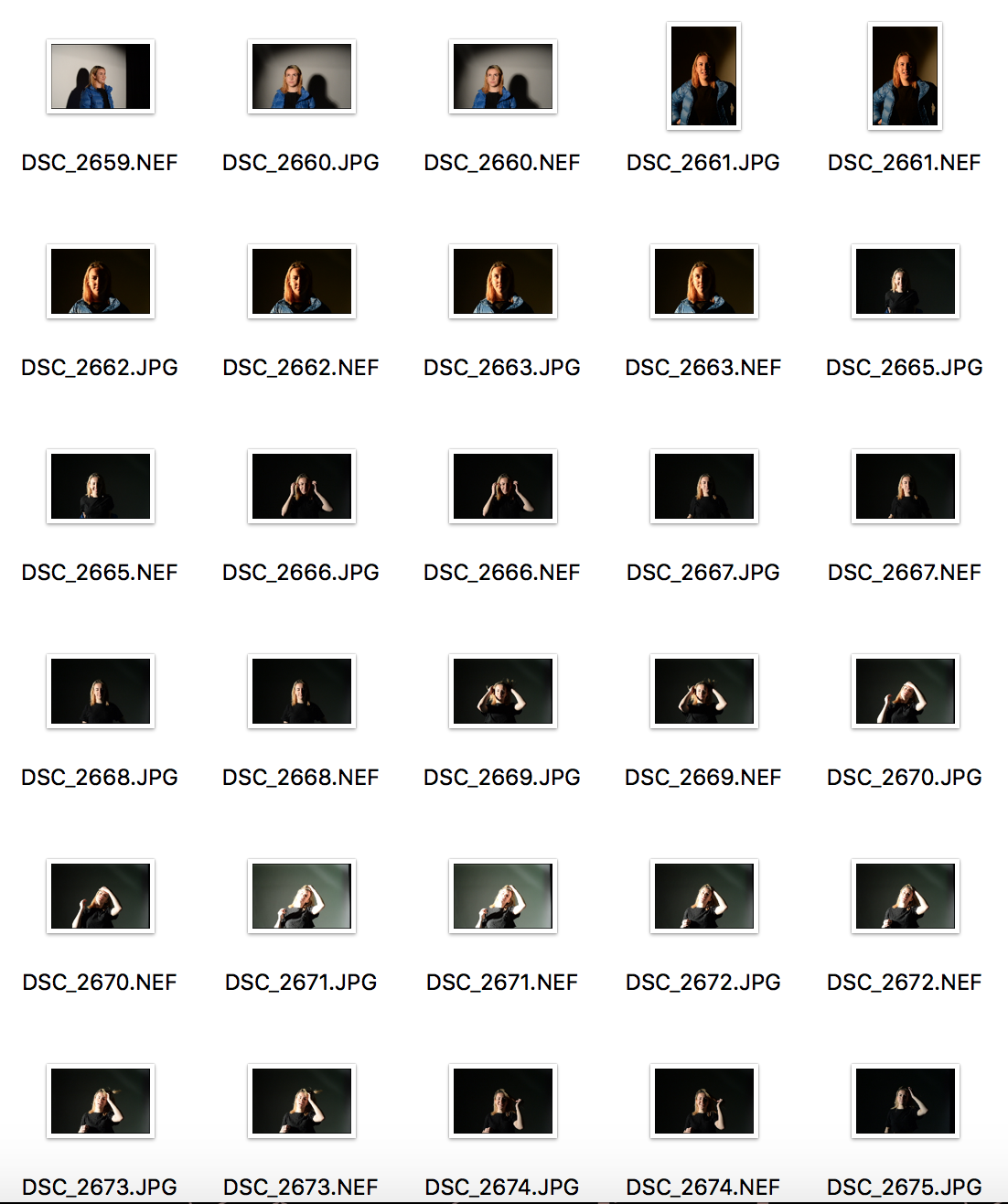
Scene from Snow White animation.

Contact sheet
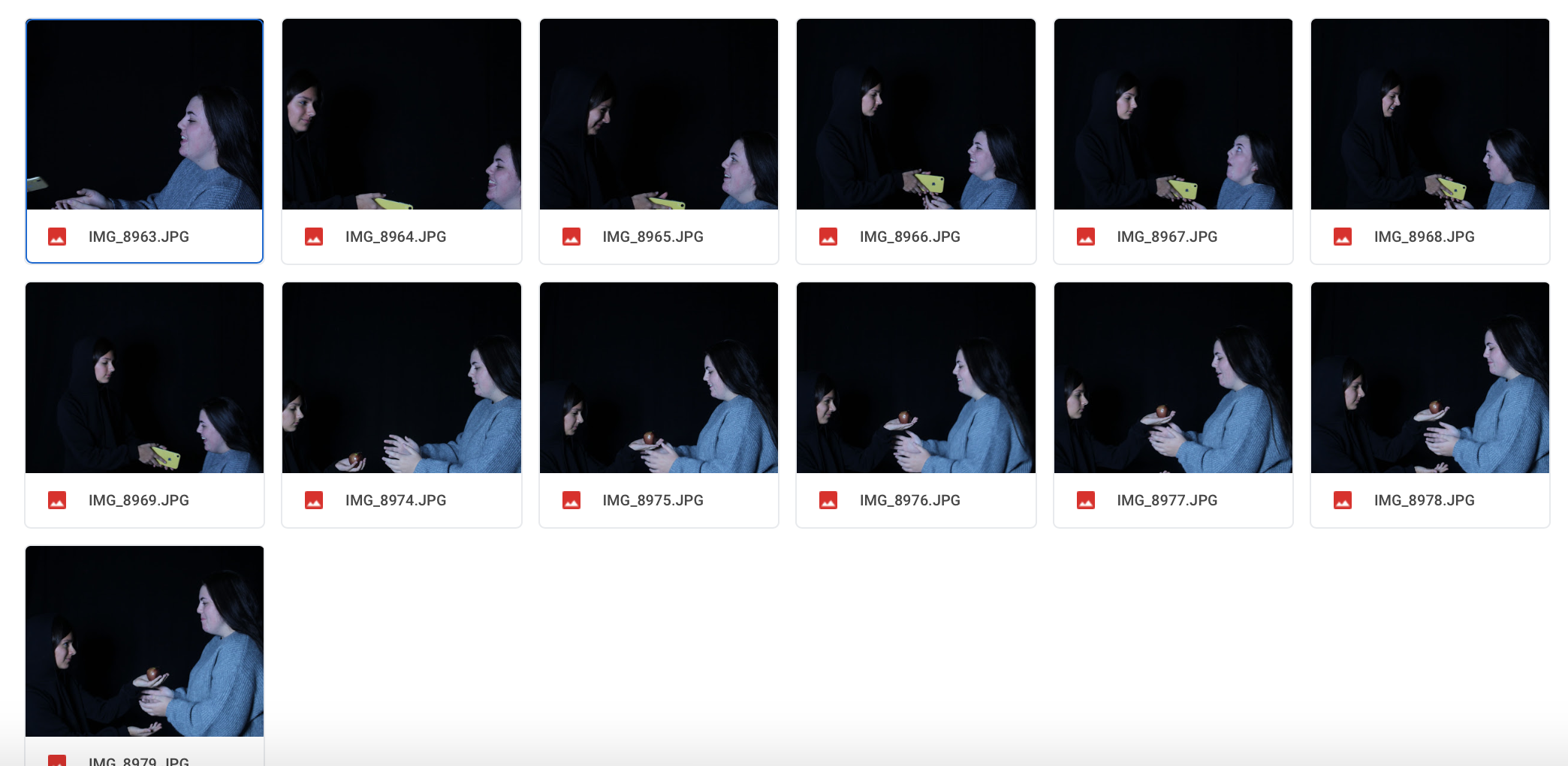
Best outcome
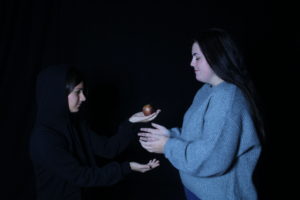
I opened the photo in photoshop and flipped the image as it was opposite to the original.
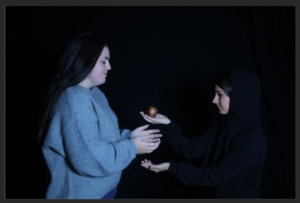
I then added another layer and pasted the original animated scene on top of my photograph.
After this, I adjusted the opacity so the two images could be seen together.
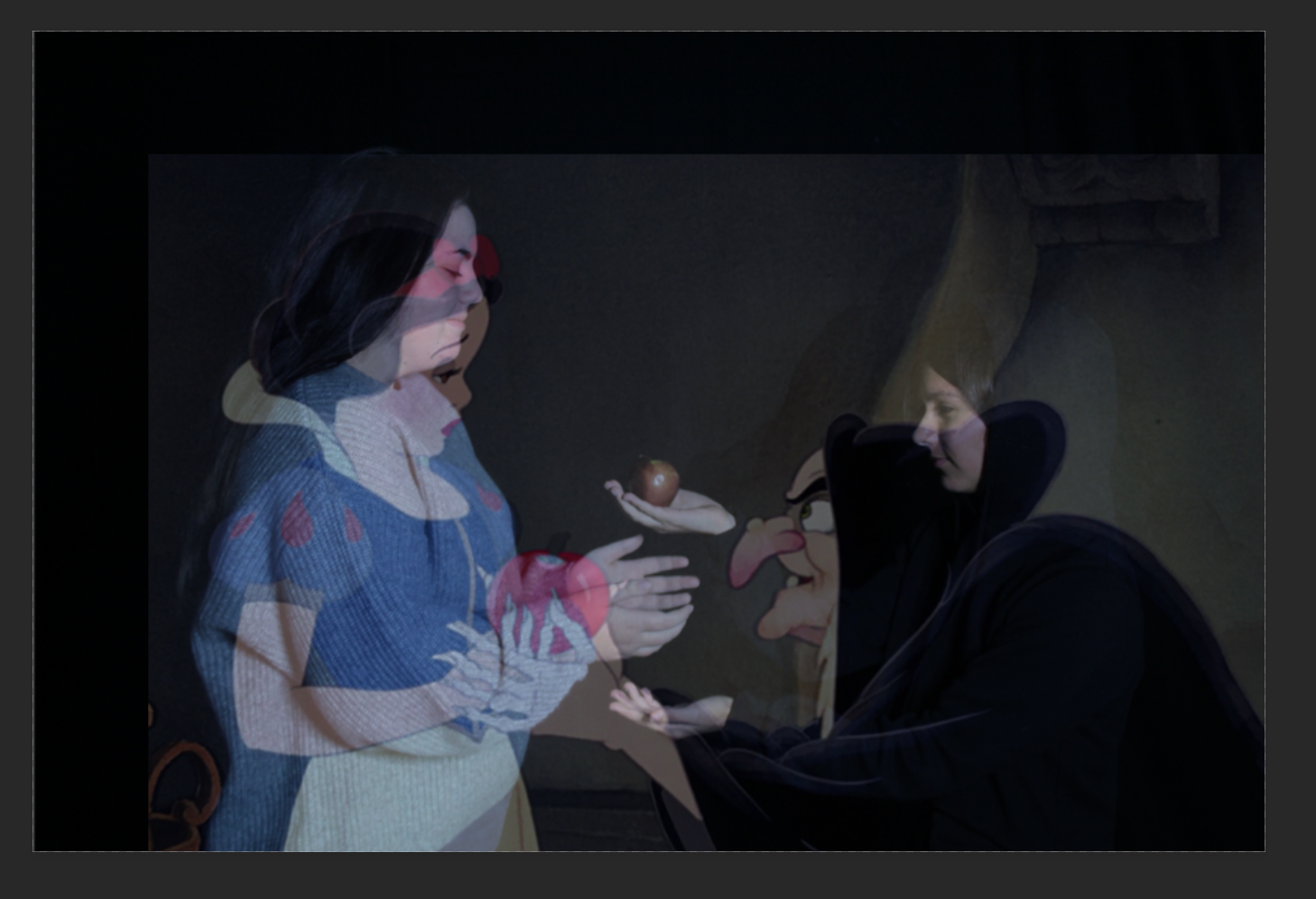
Types of lighting
There are many different types of lighting that create many different types of images and can cause different feelings towards an image. These include:
Flat light:
Flat light is very different from soft and hard light, flat lighting causes the minimum contrasts in an image/scene.This means there is pretty much no significant contrast between the highlights and shadows of that particular image.
Split light:
Split lighting is simply the use of one light angled at 90 degrees from the subject you are photographing and placed a bit higher that their eye level. Leaving one half of the face exposed to the light and other in shadow.
Back light:
Back lighting is basically the main light shining in from behind the subject, pretty much so that the back light is some what facing onward towards the camera.
Natural lighting:
Natural lighting is the most basic type of lighting and refers to mainly light produced from the sun. In other words ambient light (meaning the available light in an environment) can be considered as natural light as it is photographer’s lighting equipment. This usually indicates natural lighting from outside that lights up a room through a window. There are three different types of natural lighting they include:
Studio lighting:
Studio light is essential for most photographers and allows photographers to create natural lighting effects in a variety of situations that the photographer controls. This helps us change and alter things:
By using studio lighting it allows a large range of equipment to be used, for example, soft-boxes, umbrella lights, spot lights and floodlights.
Why use this particular lighting?
Studio lighting allows the photographer to have full control of the image being created, and can help us imitate almost all types of lighting with the right equipment.
Flash:
Flash units offer a range of possibilities in both low and high lighting scenarios:
What is the difference between 1-2-3 point lighting and what does each technique provide?
Point lightning 1:
Point lighting is the most common and can sometimes be accidental for example when taking a photos outside with the sun shinning- this is a prime example of one point light this can be proven to mainly natural images/light. However one point lighting could lead to a rather dramatic image being produced, with the light being focused on one section/area/or the whole subject.
Point lightning 2:
Although not as popular 2 point lighting can also be proved to be extremely beneficial as the lighting allows the main subject to stand out much more, creating a stronger 3D image as the two point lighting creates much stronger shadows leading to more dimensional angles throughout.
Point lightning 3:
The goal of three point lighting is to create the illusion of a three-dimensional subject in a two-dimensional image. whilst removing background shadow produced by the subject/ clashing lights. this is proven an extremely popular technique commonly used.
Portraiture can be obscure. It can be taken and interpreted in different ways to fit the viewers state of mind. Sometimes the actual image can have a vague meaning, luring you in to construe the ideas in your own way. Others are more up front and obvious about what the photograph means and what it is trying to say.
The different types of portraiture:
Traditional or Classical portraiture would refer to an photograph where the face is the predominant element
The term Environmental Portrait refers to a photograph where the subject is photographed in the person’s natural environment.
A candid portrait is taken without a subject expecting or acknowledging the photographer.
Surreal Portraits are created to emphasize the other reality. A depiction of a person’s interpreted subconscious mind.
Conceptual Portrait refers to images where concept adds a fourth dimension. The hidden meaning of the concept will leave the viewer guessing as it is often open for interpretation
a means of depicting a visual image that does not have an immediate association with the object world and that has been created through the use of photographic equipment, processes or materials.
MOOD BOARD
